How Meghalaya is sowing seeds of a big chess revolution in the state
The Queen's Gambit show on Netflix that came out during the pandemic created quite a huge boom for chess across the world. Something similar is happening in Meghalaya, but not because of a Netflix show, but a chess in schools program which has been named as Queen's Gambit. IM Sagar Shah visited the city of Shillong in Meghalaya and witnessed something quite powerful. In this article he shares his findings, on why Meghalaya will soon witness a massive chess boom.
Meghalaya - the abode of clouds is becoming the abode of chess
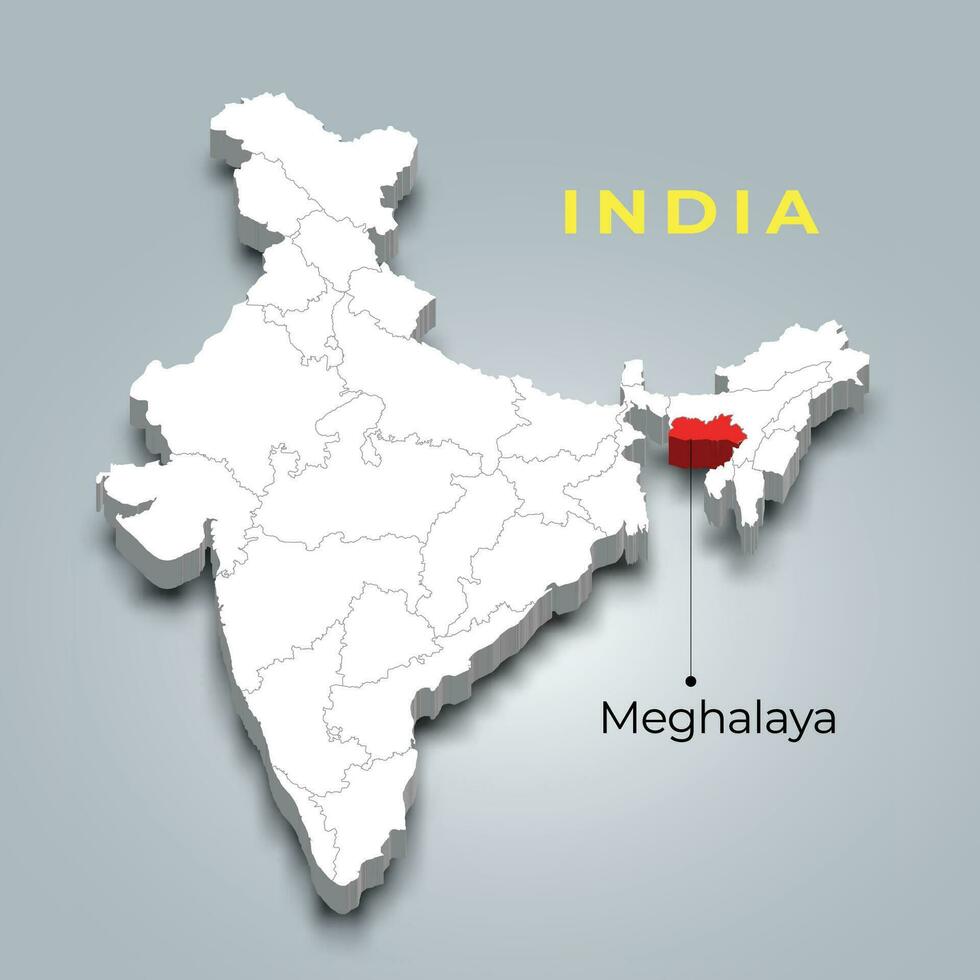
Meghalaya - also known as the abode of clouds, is famous for its natural beauty. Football is the most popular sport there. But when it comes to chess, there was nothing much on the horizon. The highest rated player in the state currently is rated 1813. But things are changing. Chess is coming to the forefront in ways one would not have imagined.
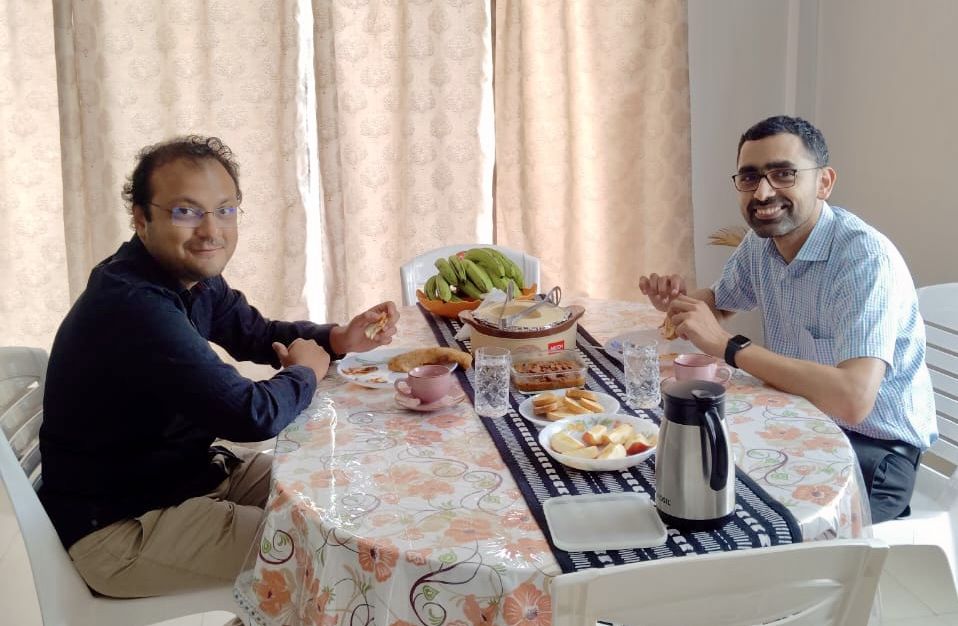
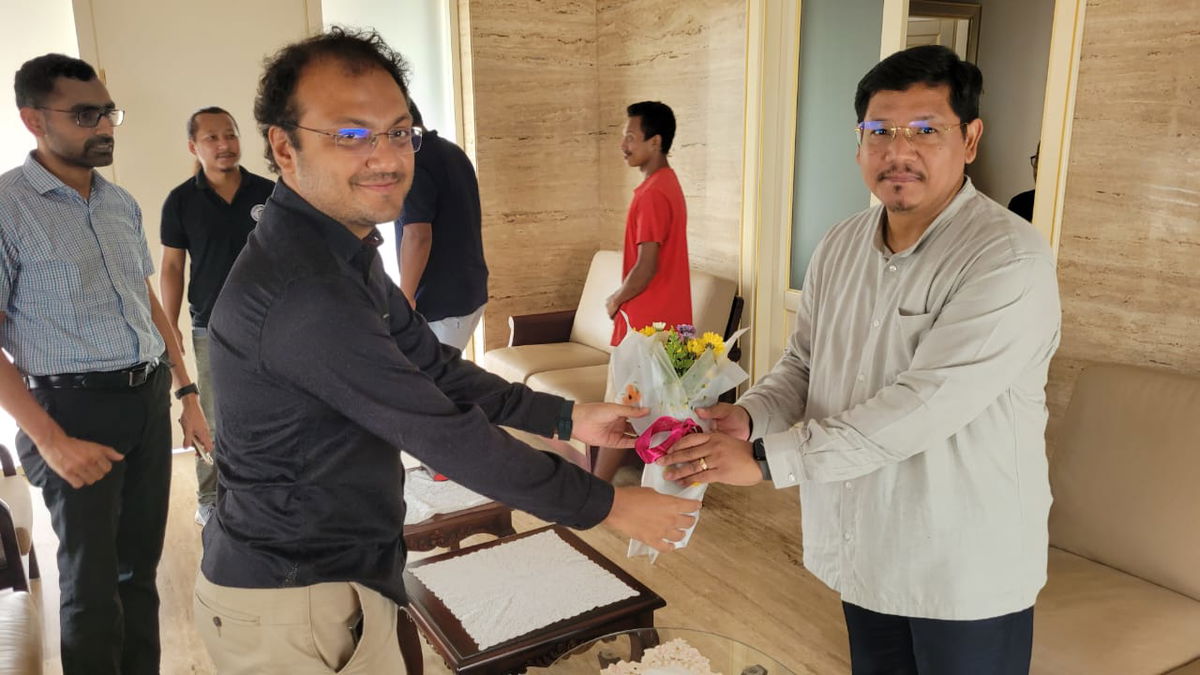
I wrote about that visit in an article titled - Will Meghalaya Chess get its first GM in 10 years in 2034? In the background an entire plan was being created on how the GM 2034 would pan out. I was expecting things to move slowly and steadily in this direction, but then something quite amazing happened.
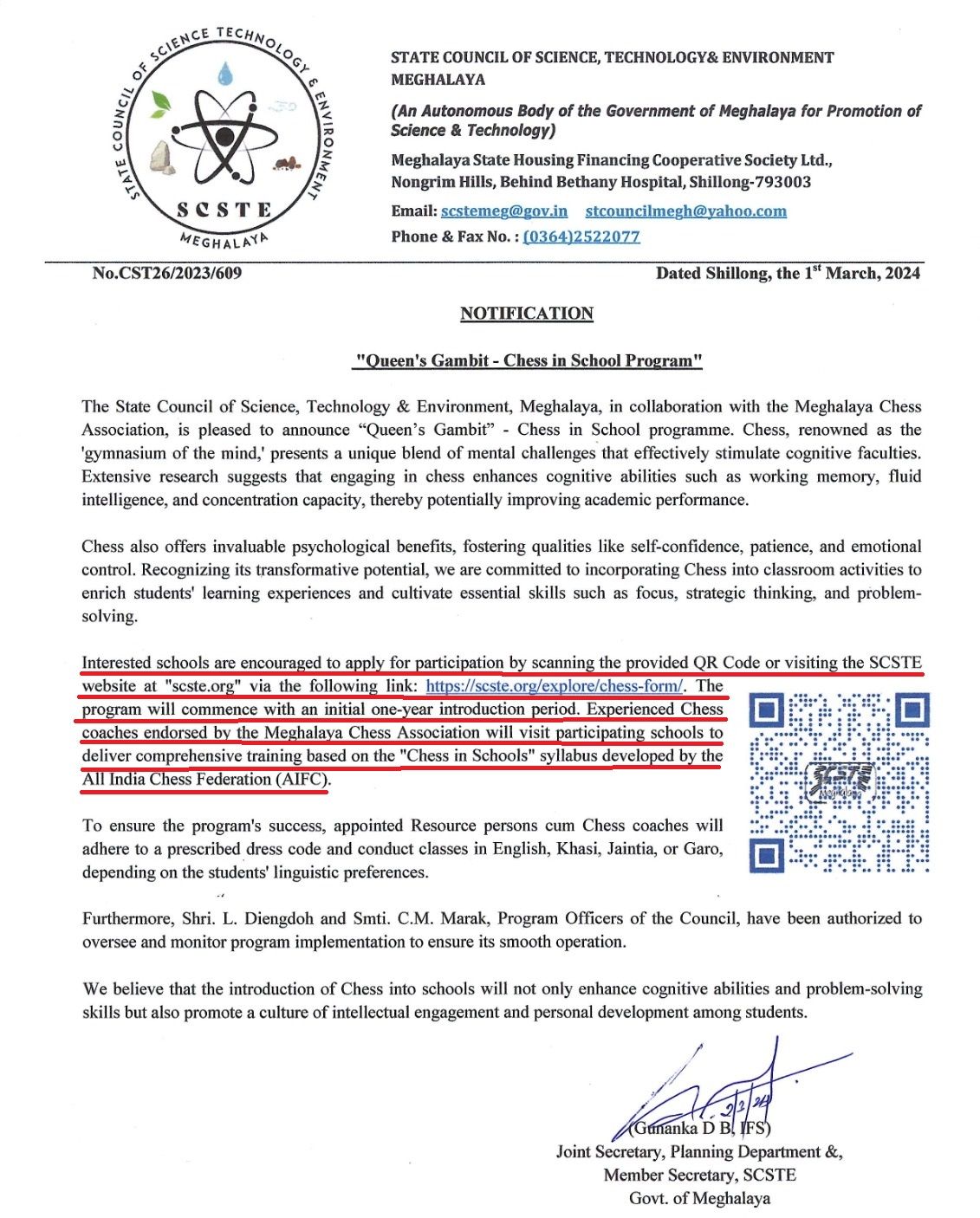
This was a huge news! Chess in Schools Program is something that always been quite attractive on paper, but very difficult to execute. Here was a state with perhaps no real chess culture, taking this bold step of making chess available to all the schools in Meghalaya. "Queen's Gambit" was the name given to this chess in schools program. This is how SCSTE views the program: "The “Queen’s Gambit - Chess in Schools” initiative is more than a program—it represents a commitment to enriching the educational landscape in Meghalaya. By integrating chess into schools, the SCSTE not only seeks to enhance students’ cognitive and problem-solving abilities but also aims to promote a culture of continuous learning, intellectual engagement, and personal growth."
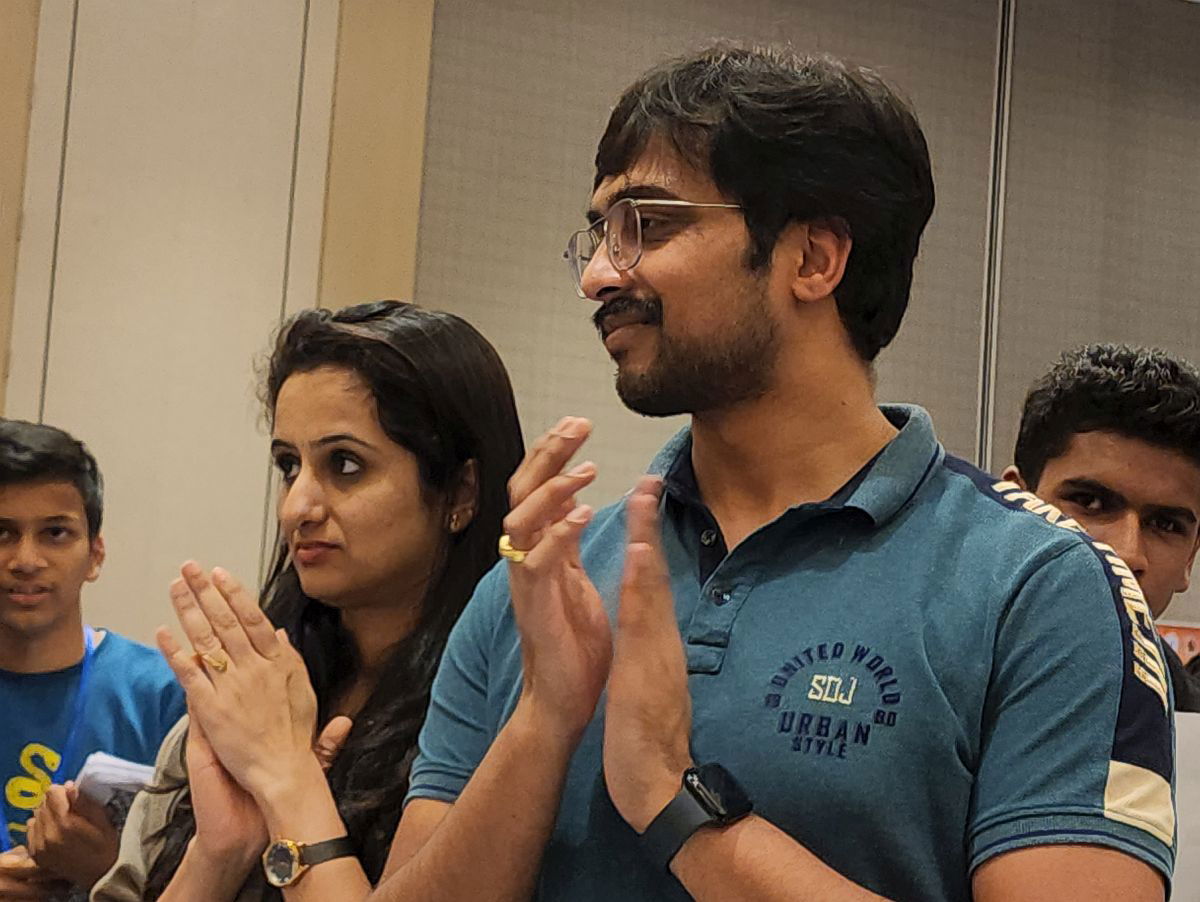
Gunanka's research about the maths and science skills of students revealed that Meghalaya was lagging behind in both these subjects. He wanted to introduce among the students a spirit of logical and analytical thinking. This is where he saw chess as an ideal tool that could introduce a spirit of scientific thinking among the kids. While this was a bold step, Gunanka did have the experience of his own son Advitiya, one of the biggest talents in Meghalaya, showing some great results after being introduced to chess.
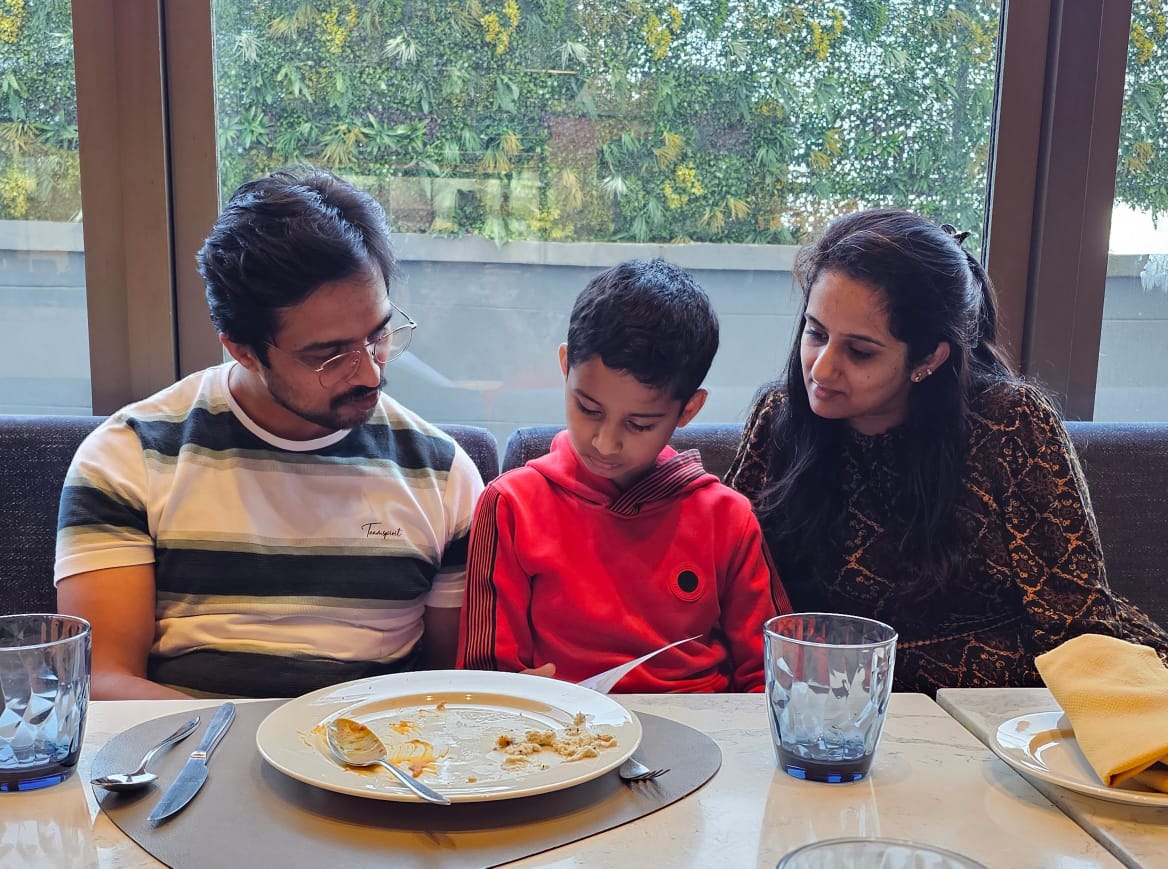
Over the next few months as the program began, I started to receive some amazing pictures.
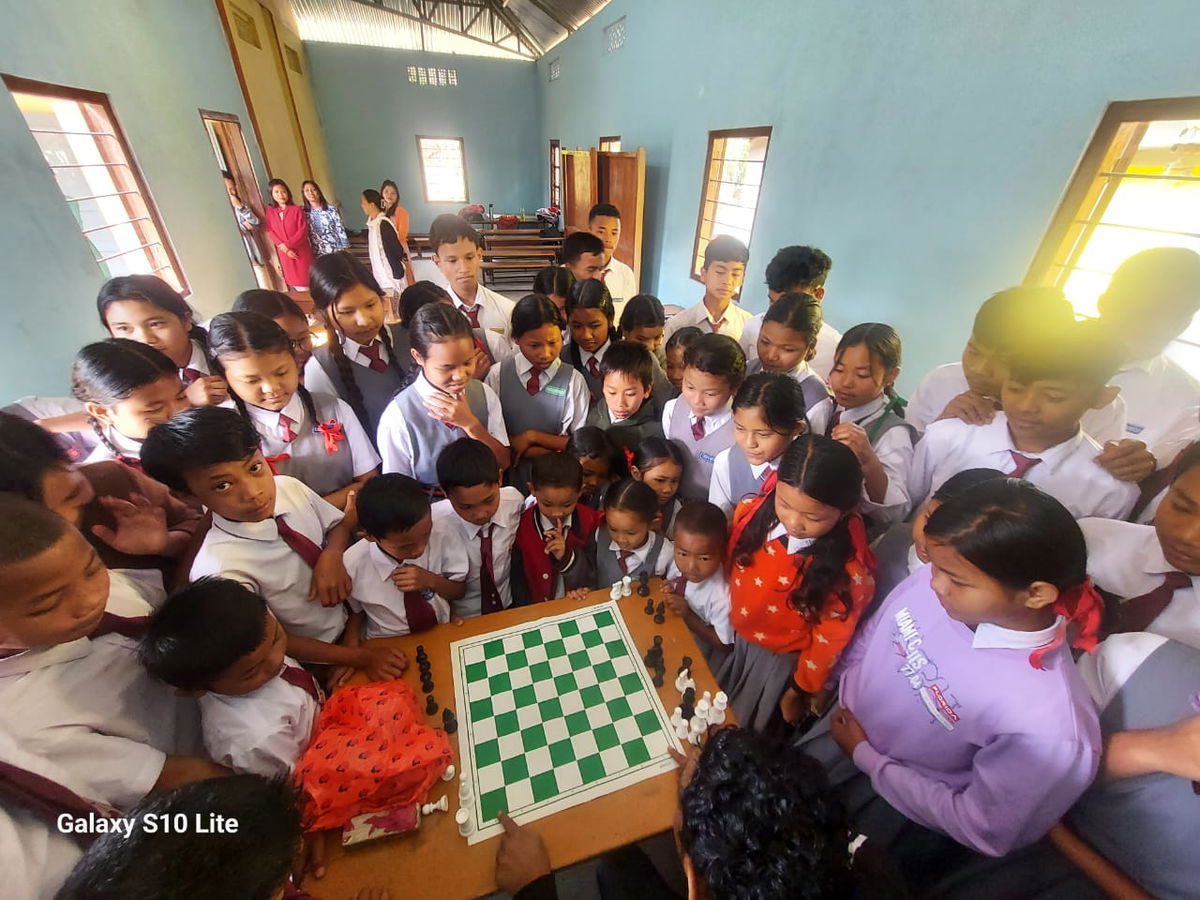
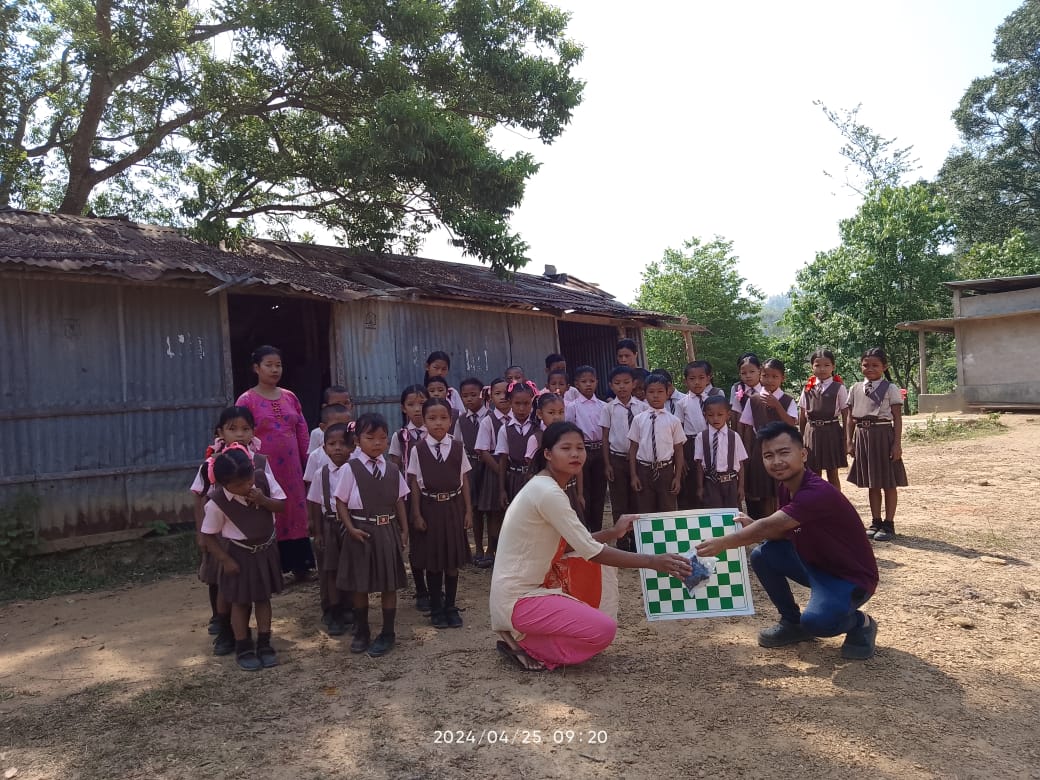
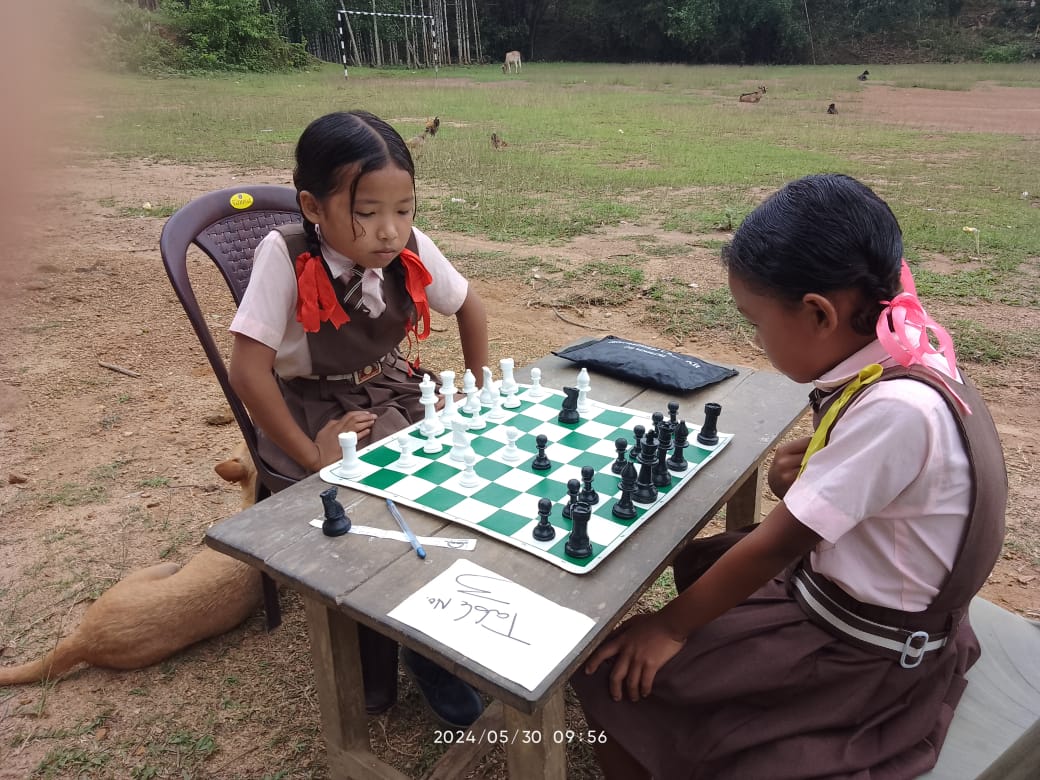
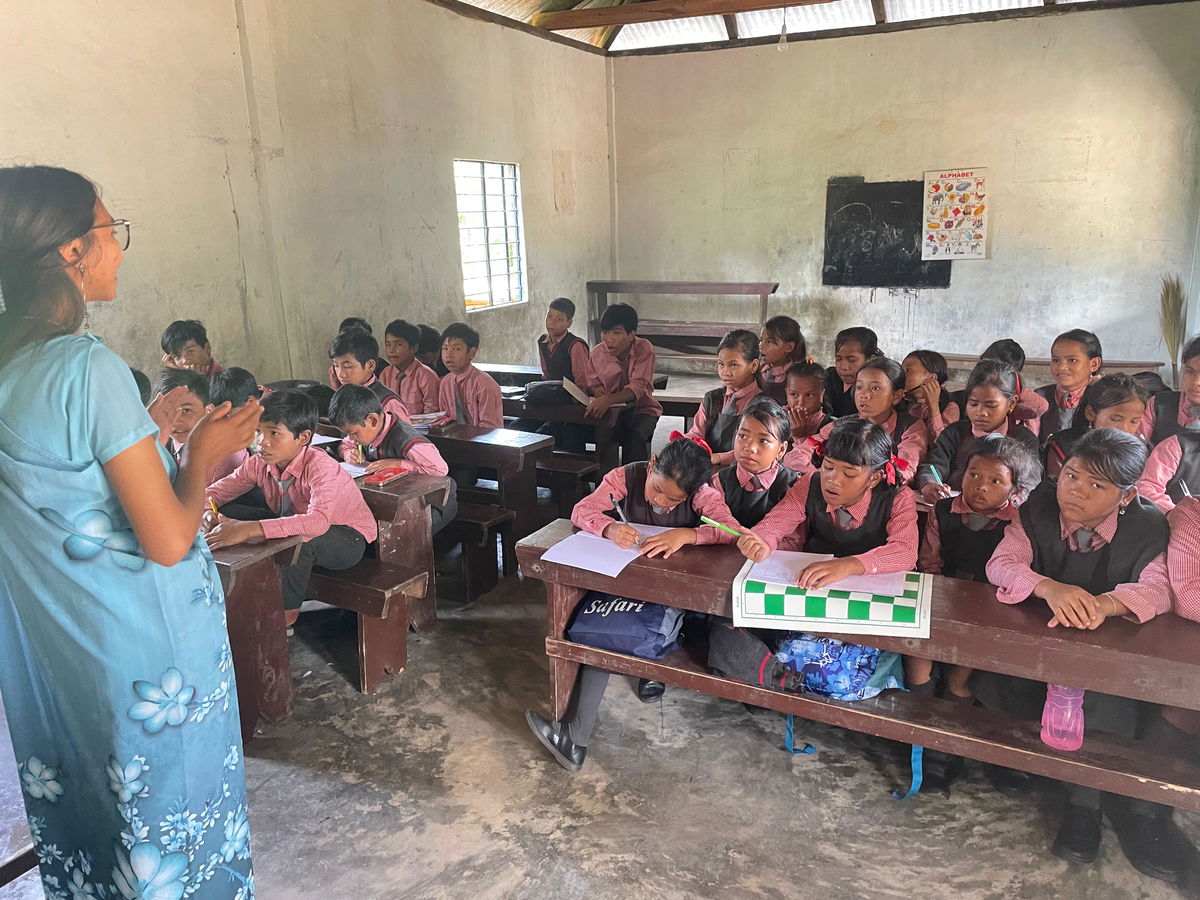
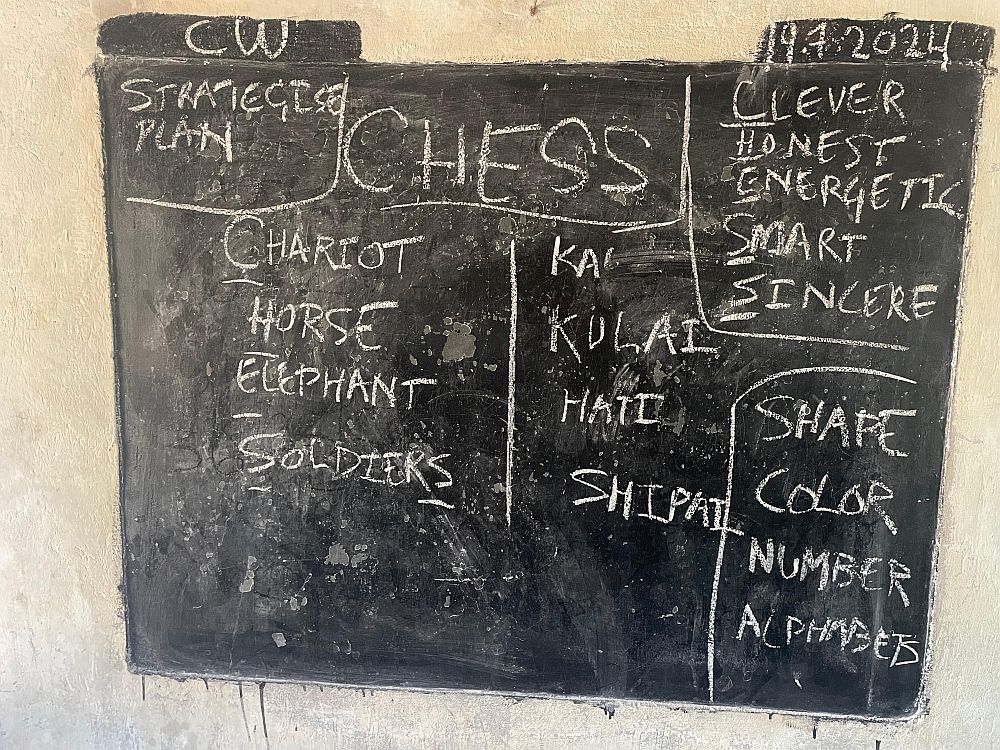
And not just this, IAS Swapnil Tembe moved ahead with great resoluteness with his vision to create a chess park in every district (12 of them) in Meghalaya. Already three districts in Meghalaya have a chess park. This includes two in Shillong. Swapnil, being the director of school education and literacy in Meghalaya also issued a letter to all the 15000 schools in Meghalaya and encouraged them to start a chess club. The result has been 700 schools have already begun chess clubs within their premises.
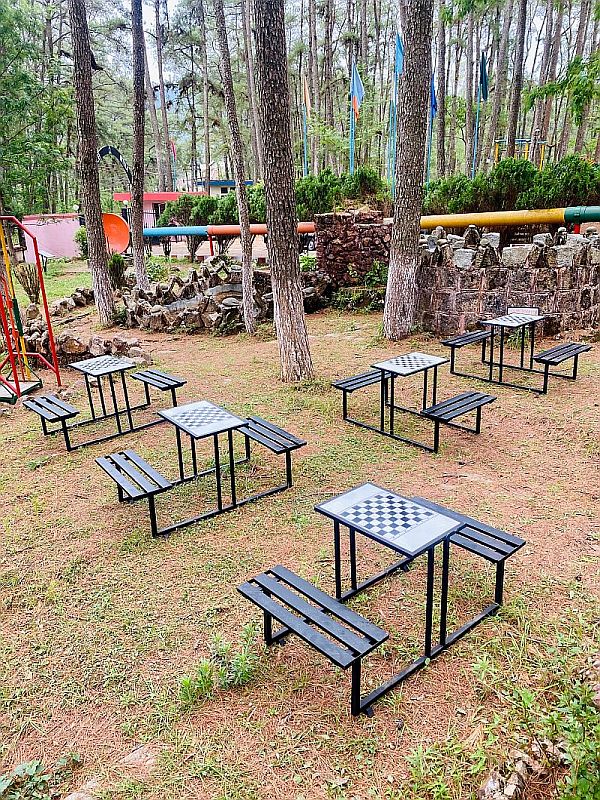
The result of the Chess in Schools program has been quite heartening already. Inter school tournaments organized in different places across the state are witnessing record turnouts!
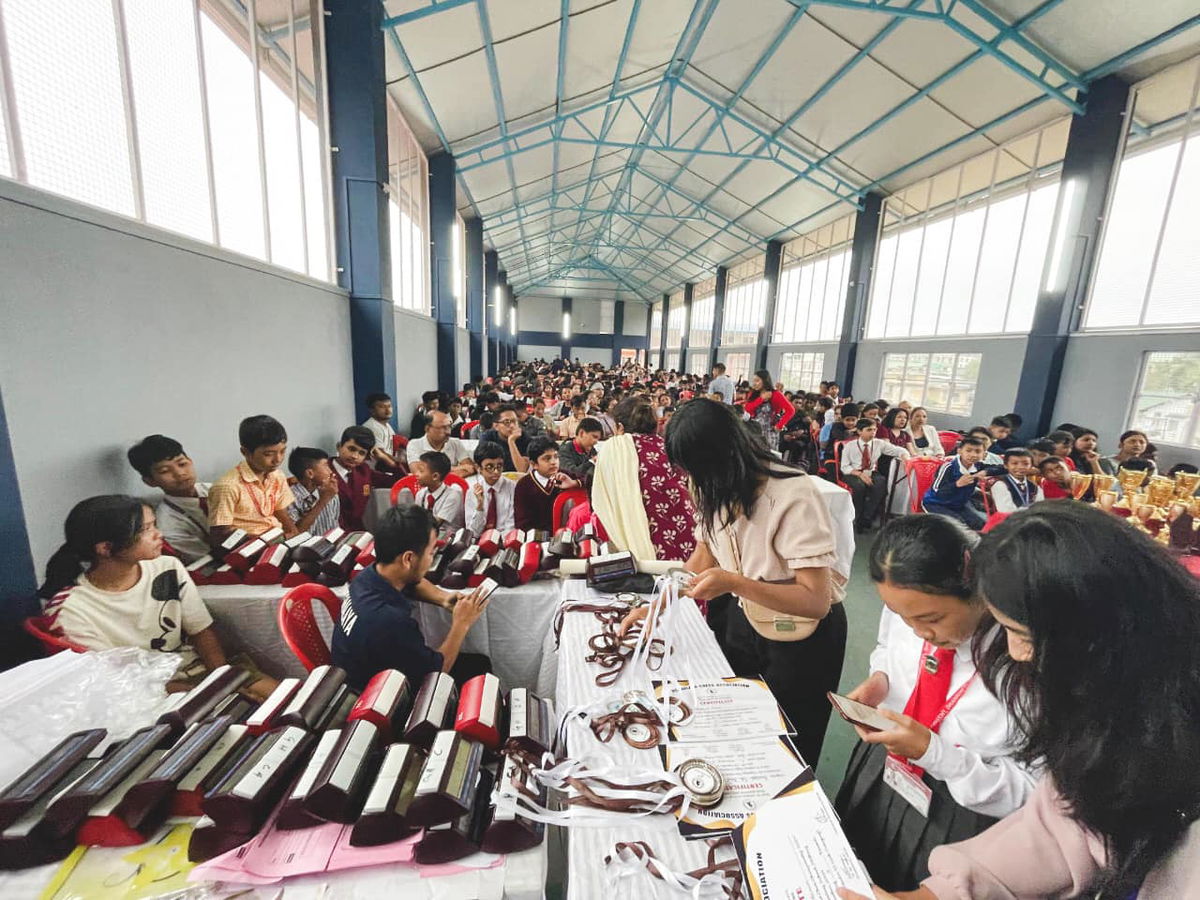
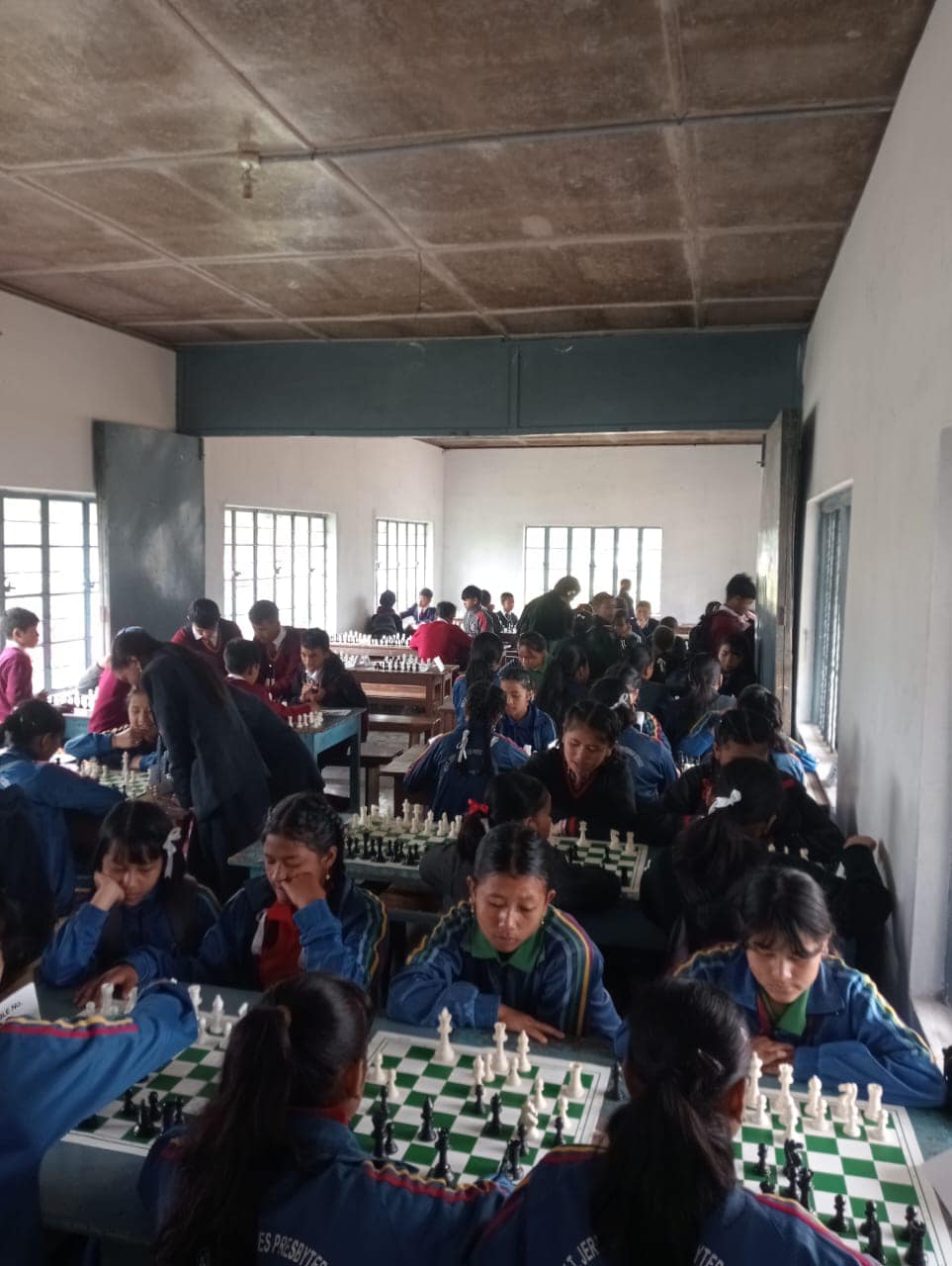
The Chess Camp in Shillong
All of this was enough to convince me that something special was happening in Meghalaya. Meanwhile, the number of trainers in the Queen's Gambit program had grown to 30. Many of the trainers had just begun their coaching careers and some who had been training for quite some time, still found it difficult to teach the class in an effective way. This is where we decided to do a chess camp - one and a half days for the trainers and two days for the students. The idea was to introduce the sheets that we had finetuned in our various Big chess camps in Mumbai and create a similar environment of learning, sharing and growing. I had just returned from London after the WR Chess and very soon we would have the Chennai Grand Masters as well as the Tata Steel Chess India and then the World Championship Match beginning. The period between 29th October to 1st November seemed like the ideal one for us! Yes, we would not be able to celebrate Diwali with our family, but we would get to spend time doing something that very deeply resonated with us - bringing chess to more people.

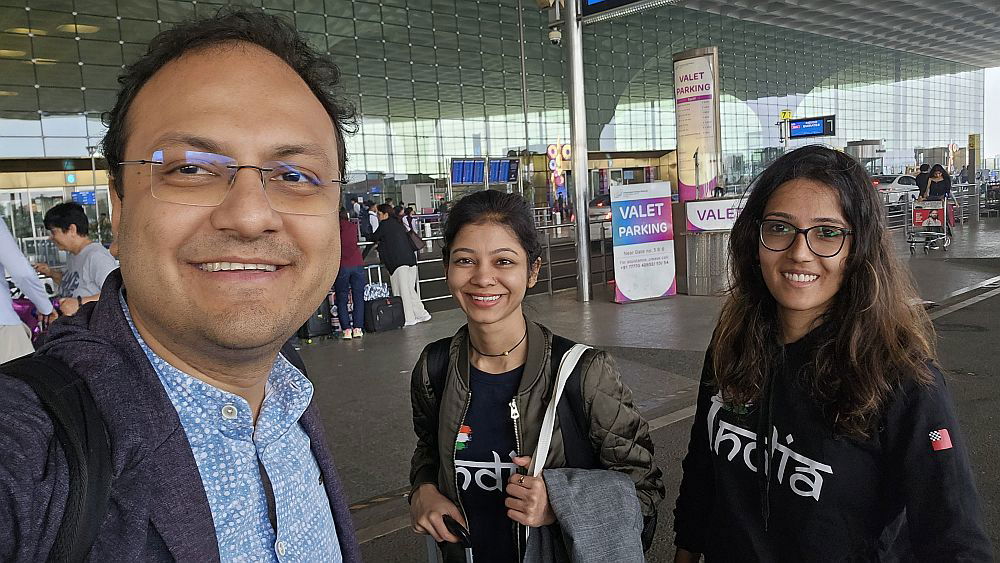
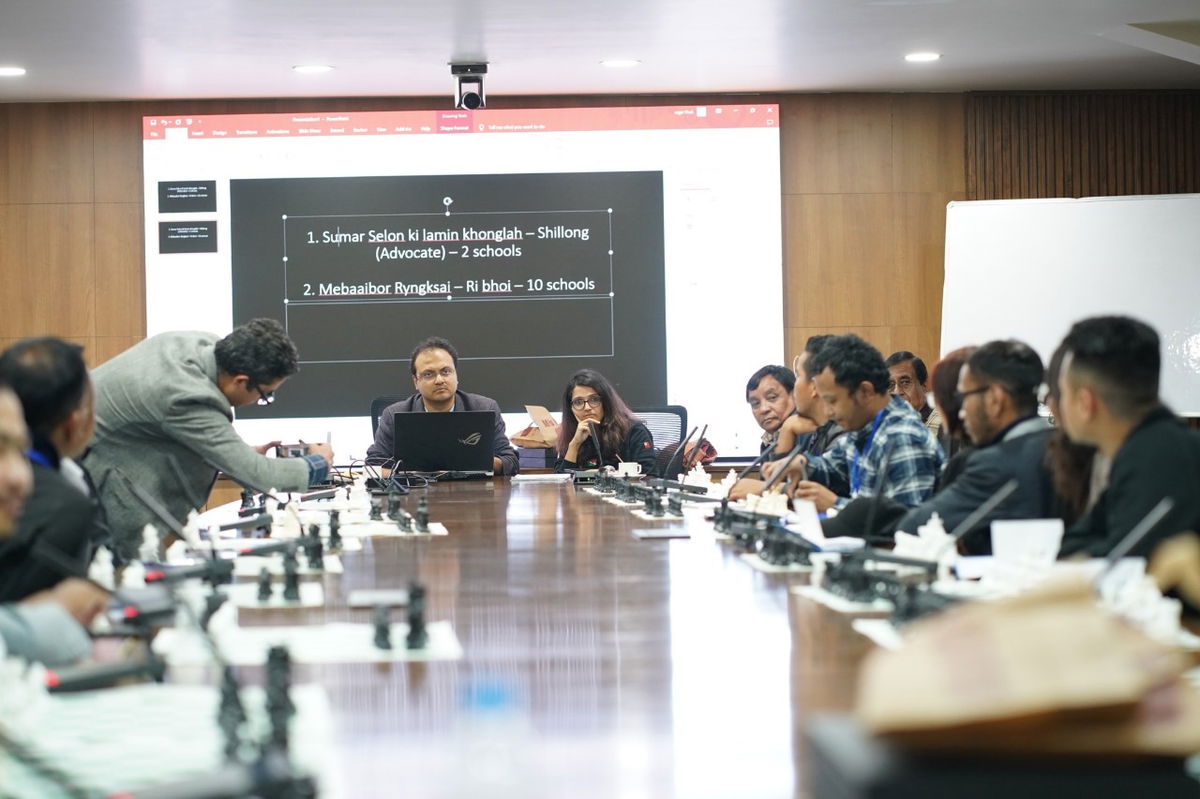
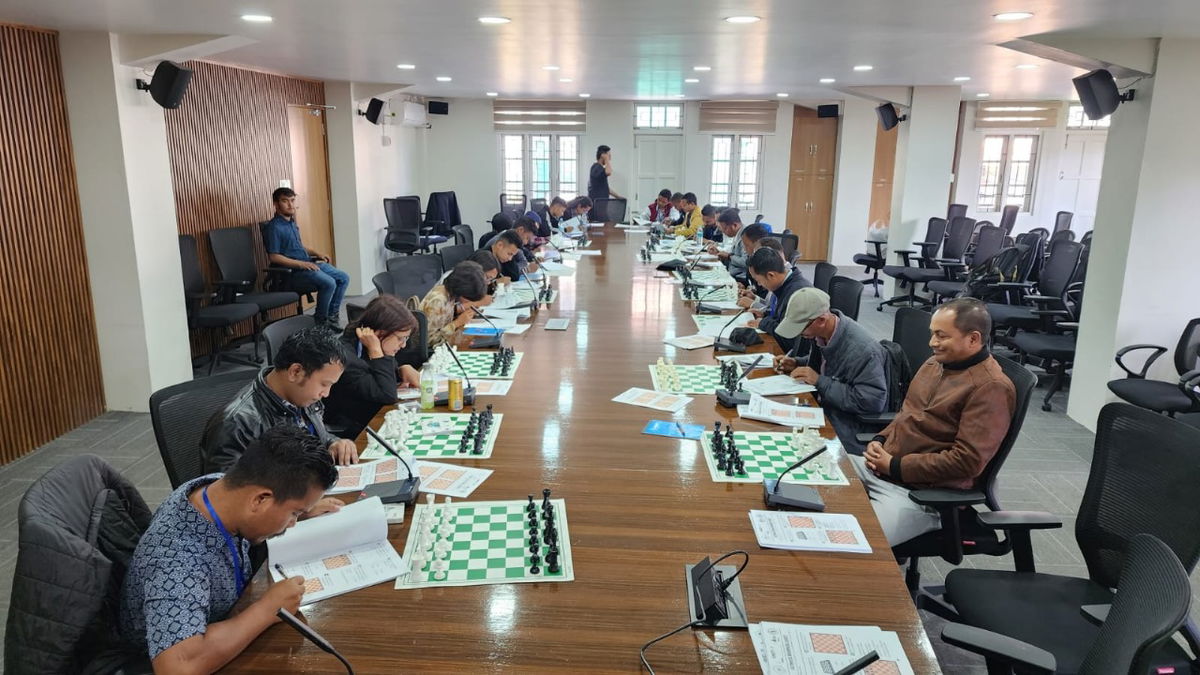
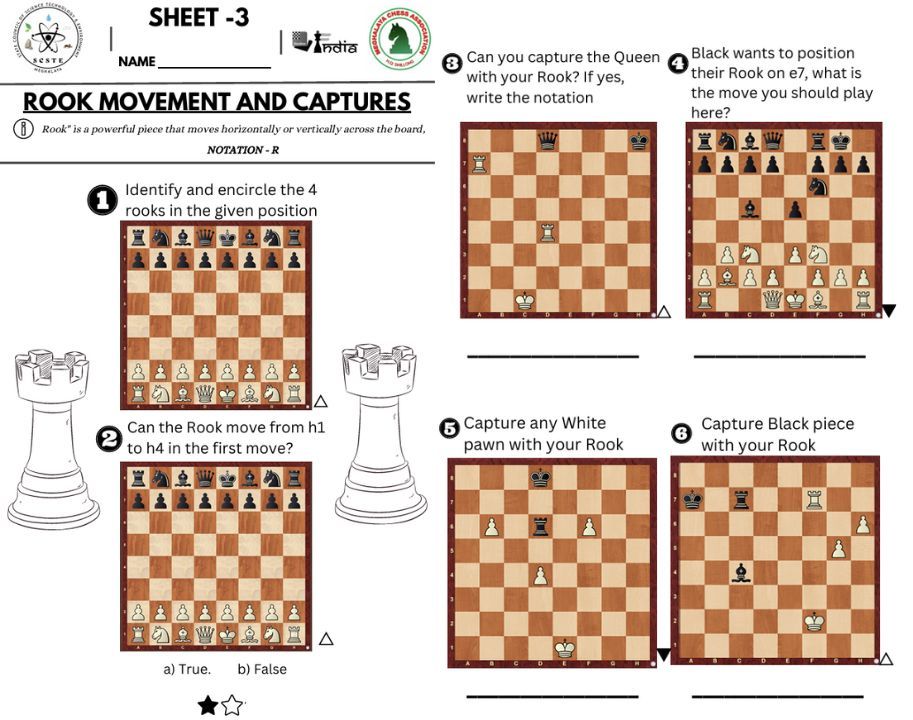
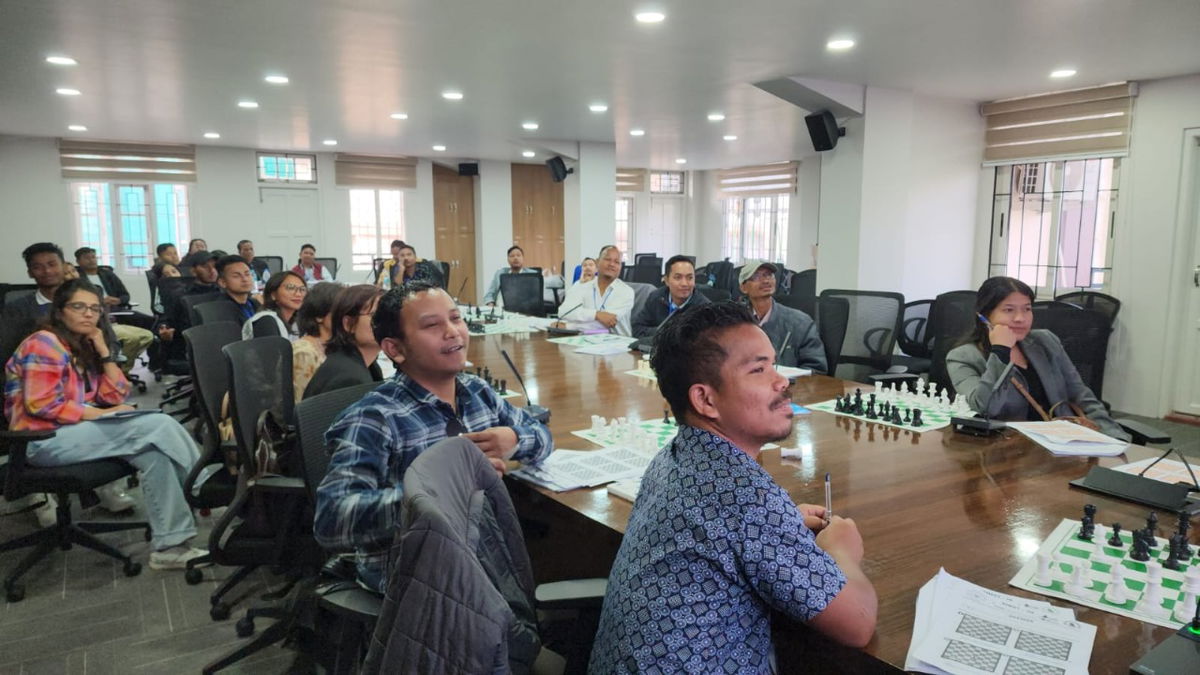
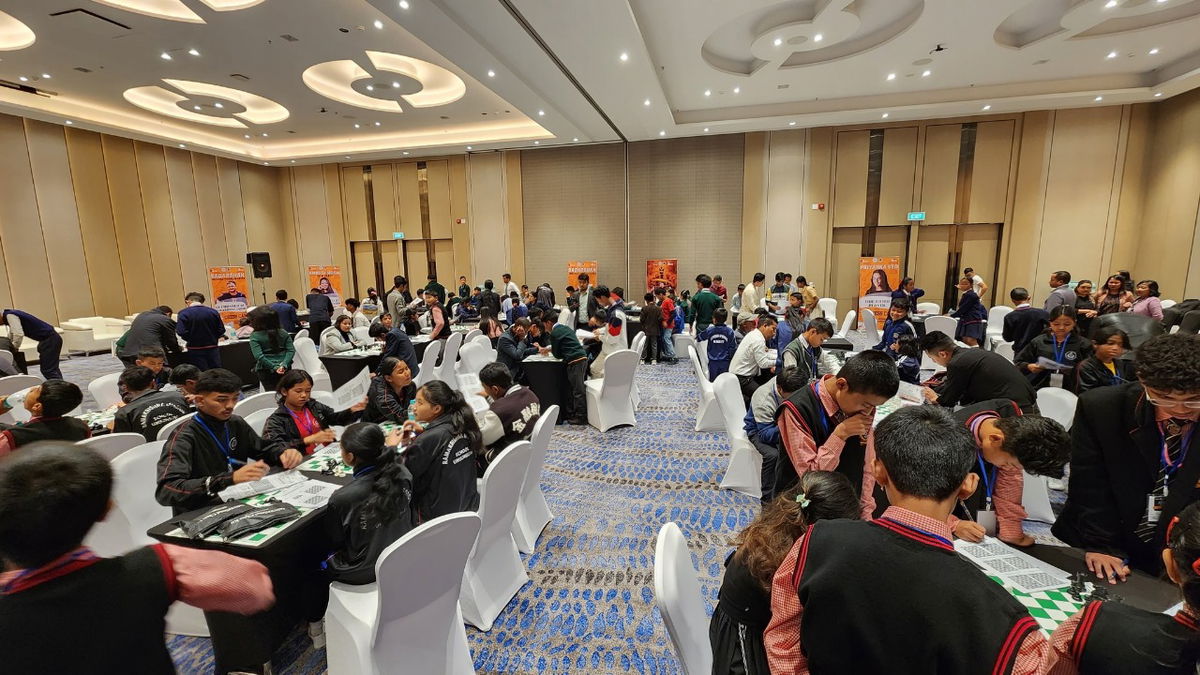
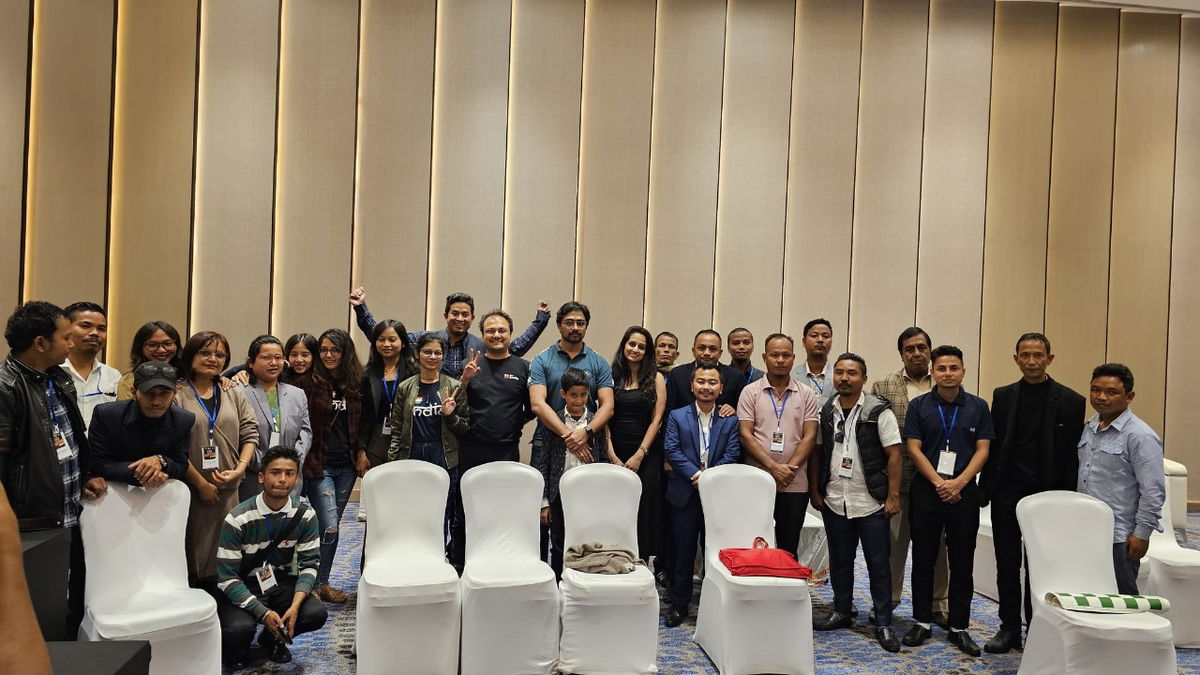
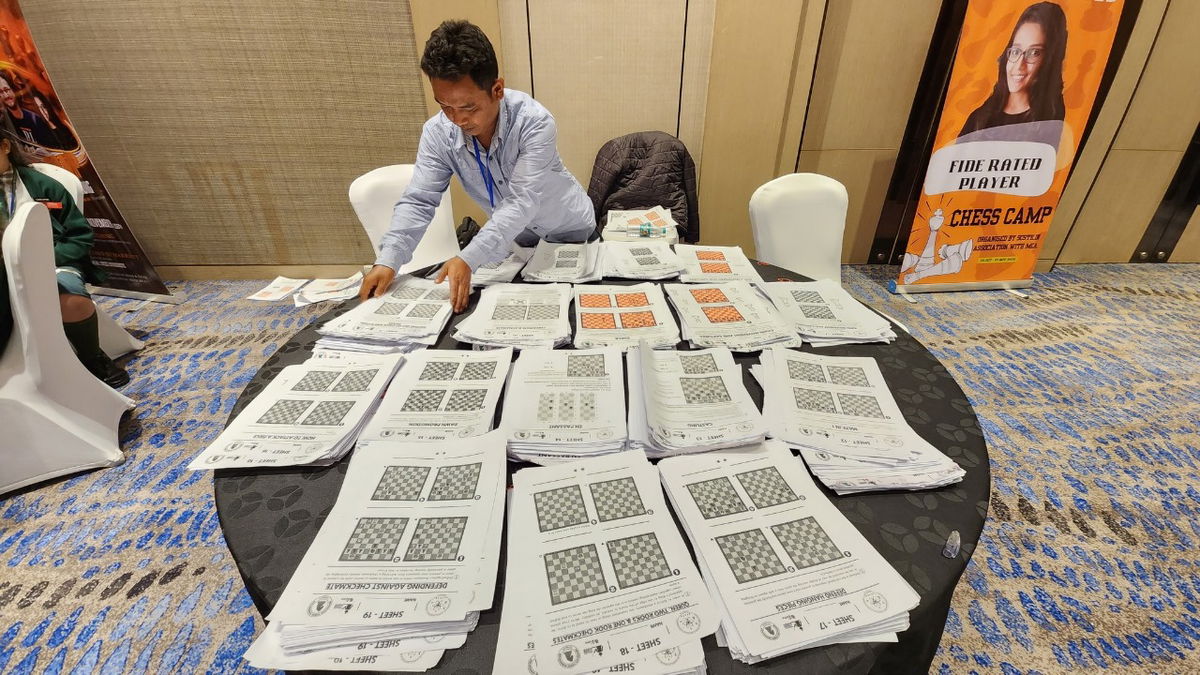
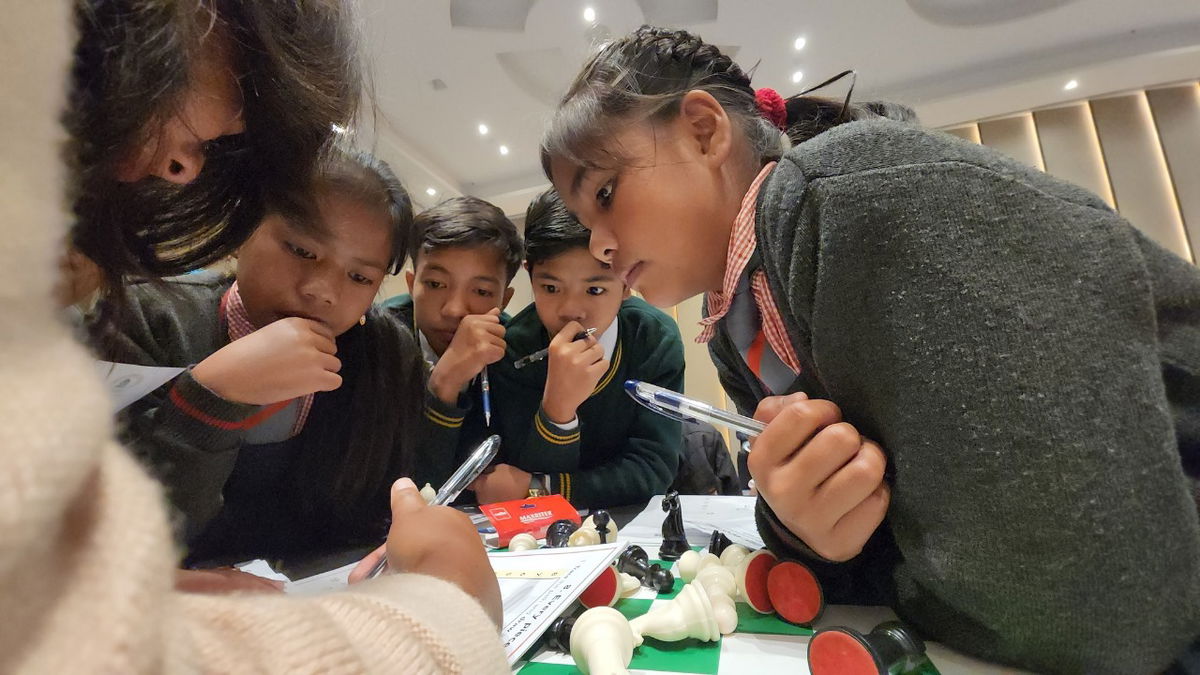
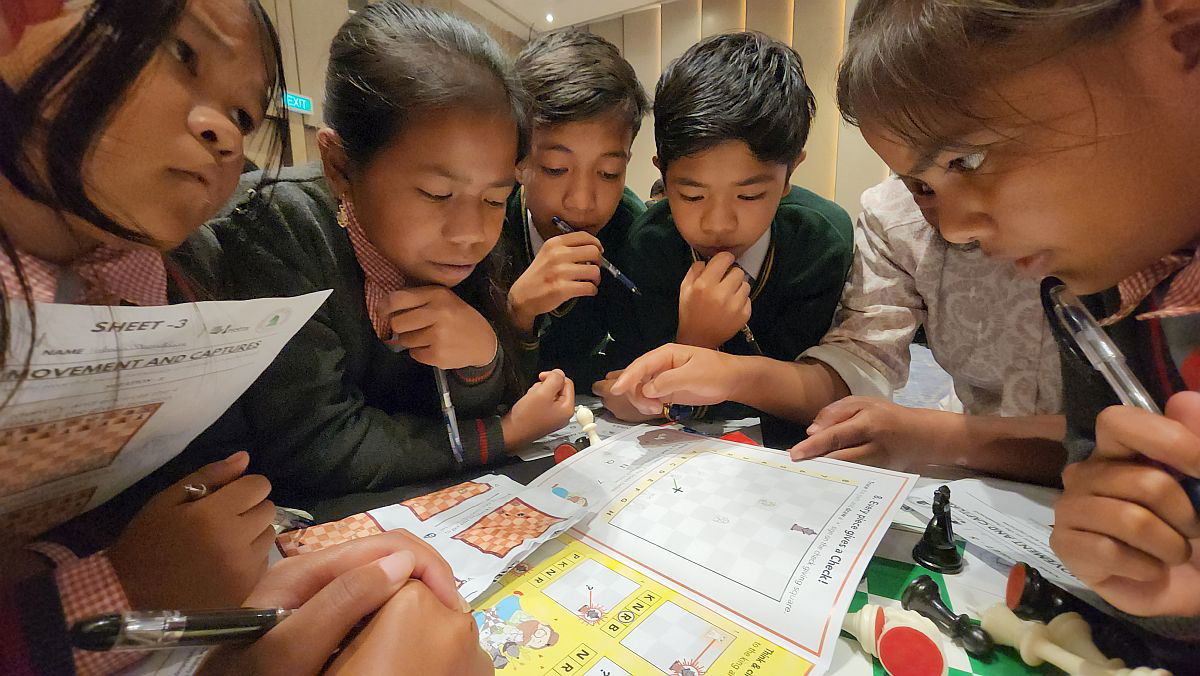
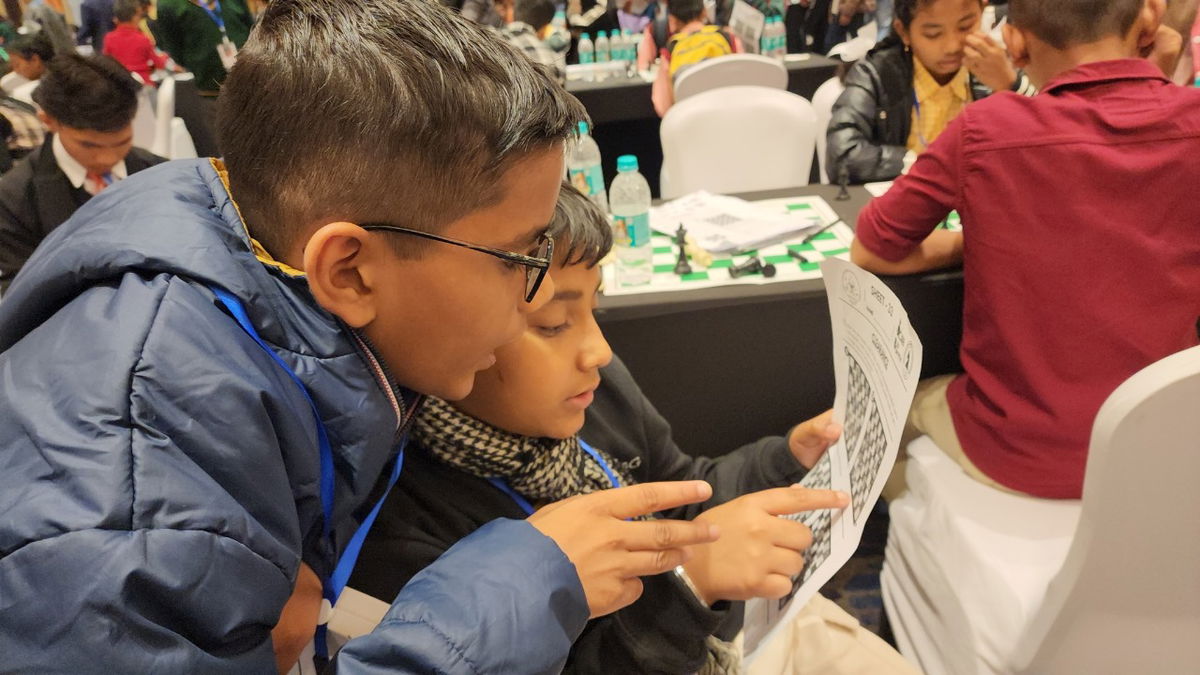
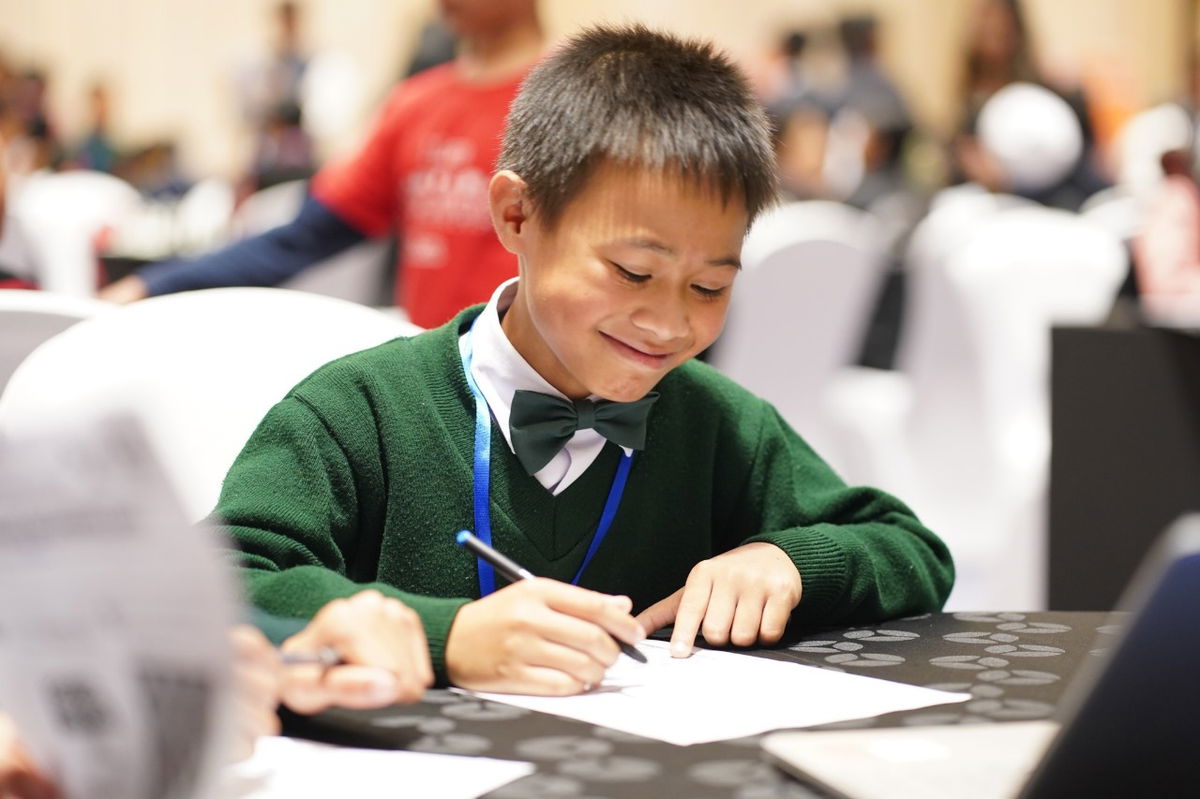
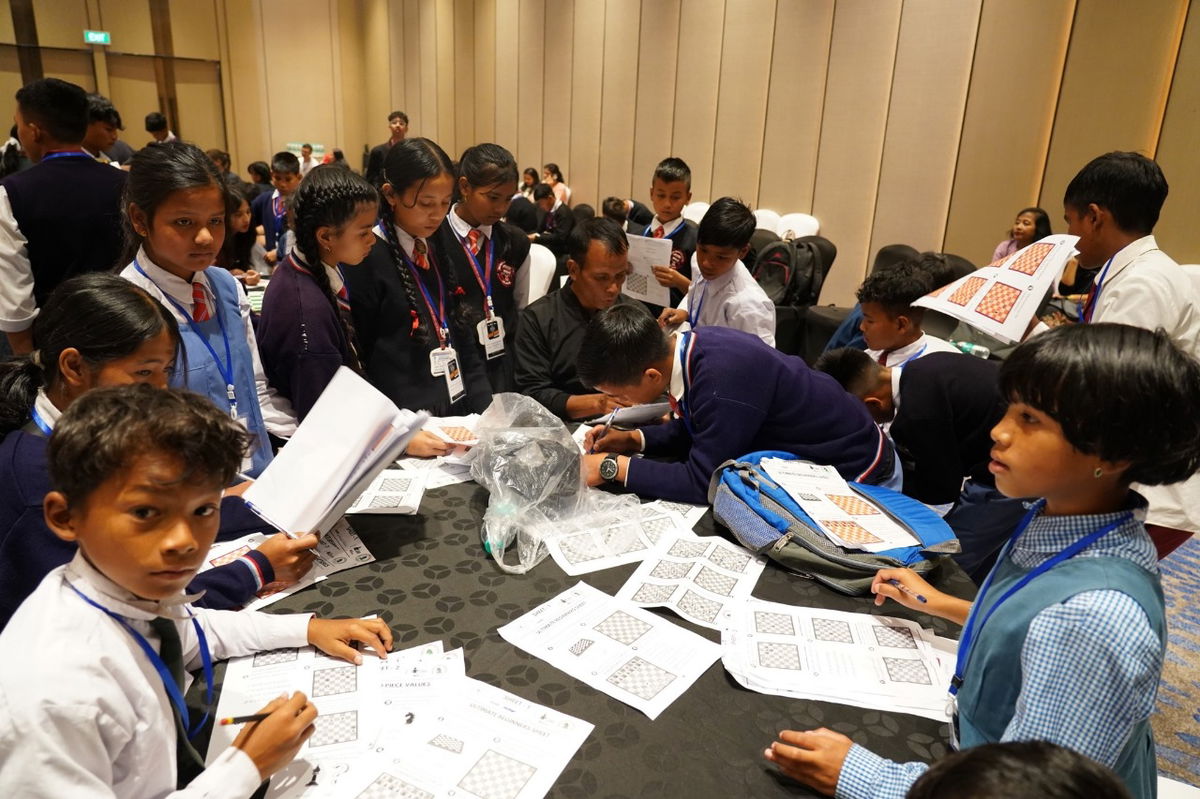
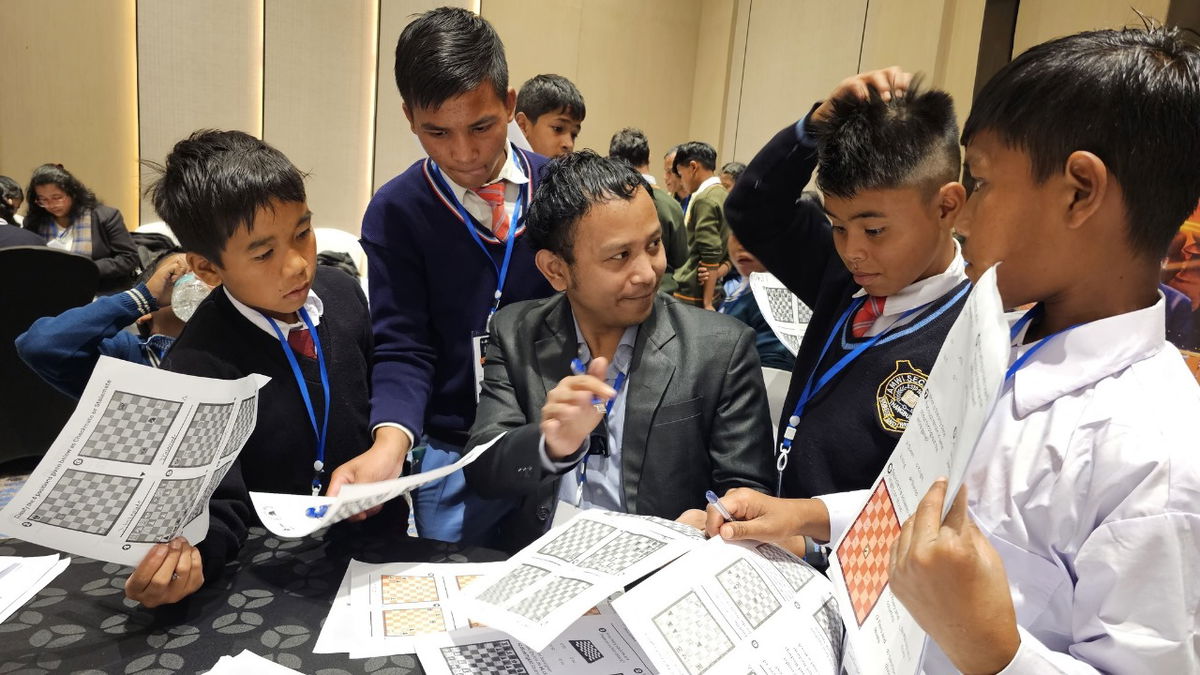
Apart from solving the positions and knowing the right answers, the trainers were given a few key points that they had to take care when they were training. If the students didn't get the right answer, the trainers were asked not to reveal the answers directly. Rather it was nice to guide the students to the answers with some hints. The joy of finding the answers should reside with the student. Another small pointer was to encourage the students by being enthusiastic and happy when they found the answers. These little things that were suggested went beyond chess, but when teaching little kids who are learning chess for the first time in their life, these are quite crucial.
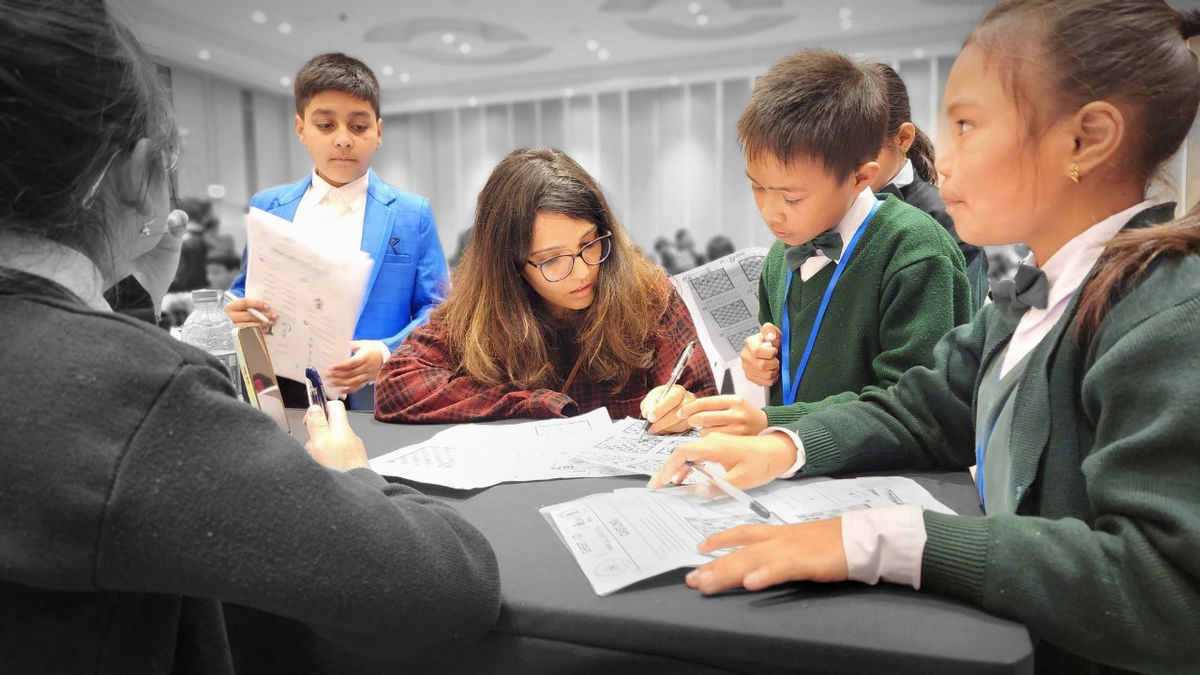
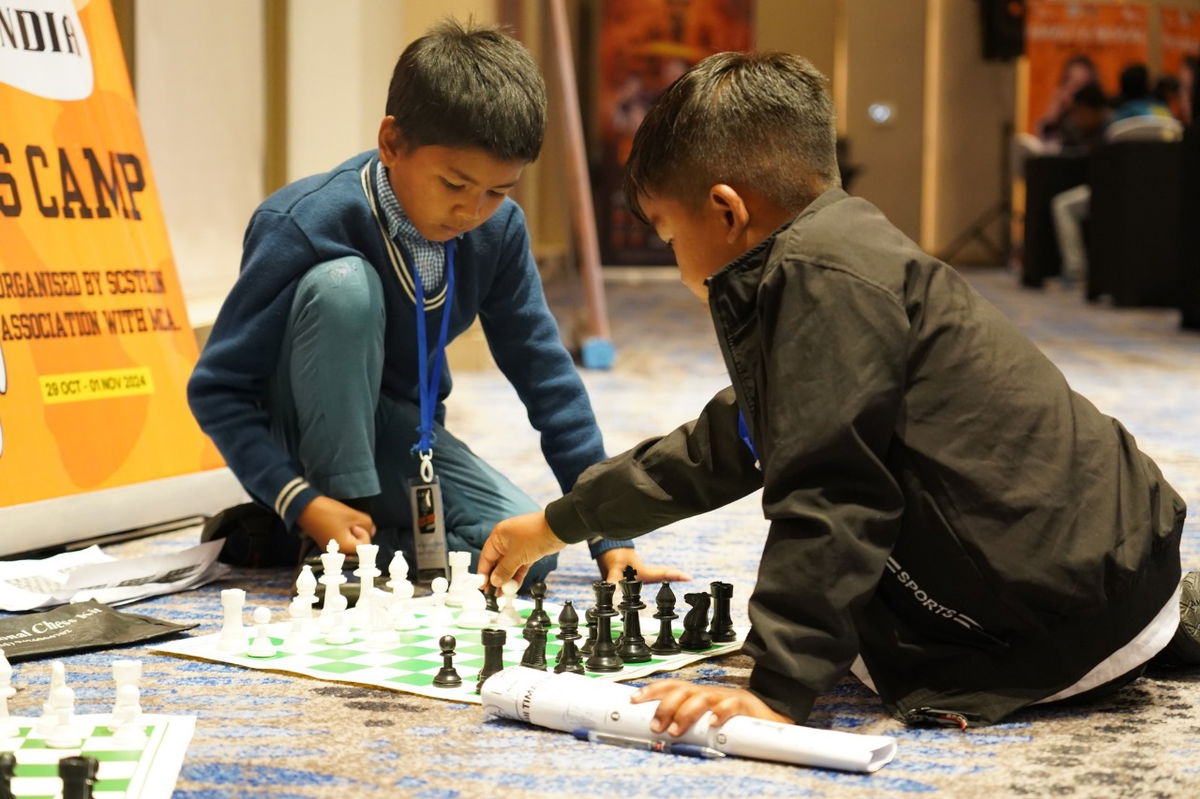
We had two sessions in the camp. The first one was for the school students of the Queen's Gambit program, who had come from different parts of the state. It was from 9 a.m. to 1. p.m. We then would have a lunch break. And at 2.30 p.m. the second session would begin. This session was open for everyone. We would notice that all the school kids would continue working and new people from different age groups would join in to learn chess!
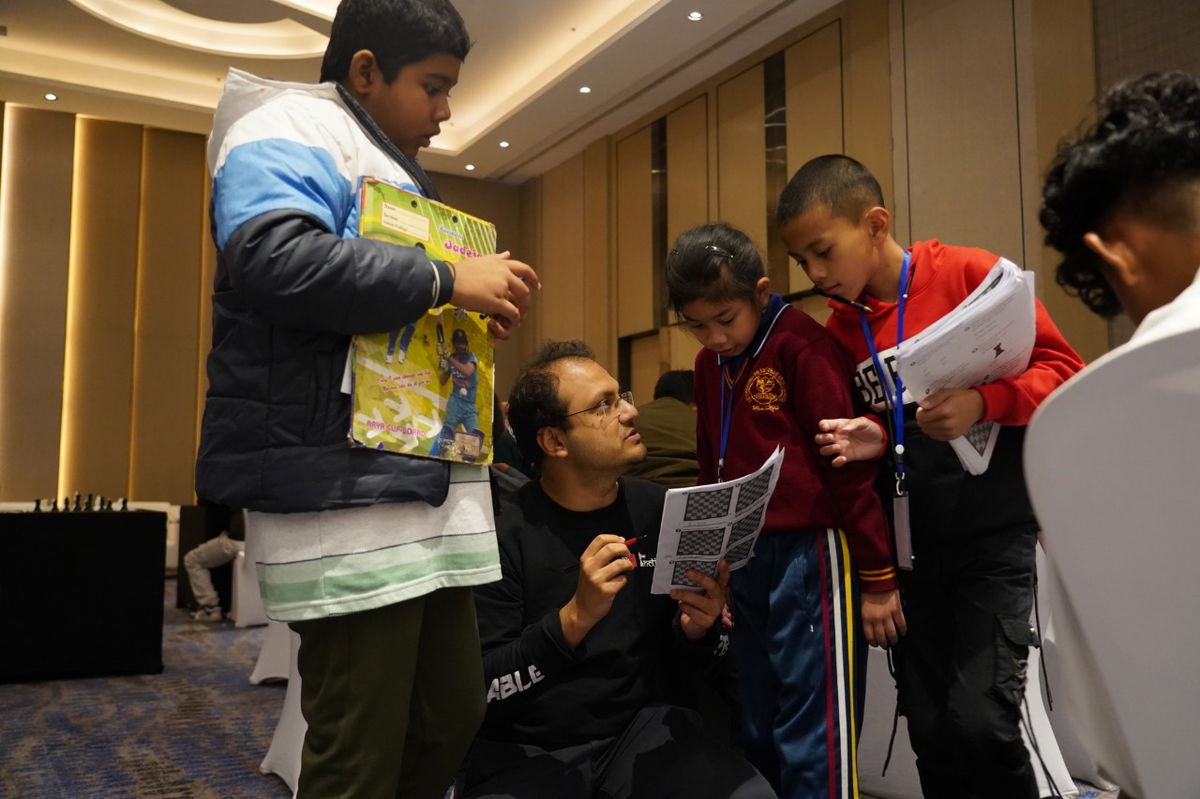
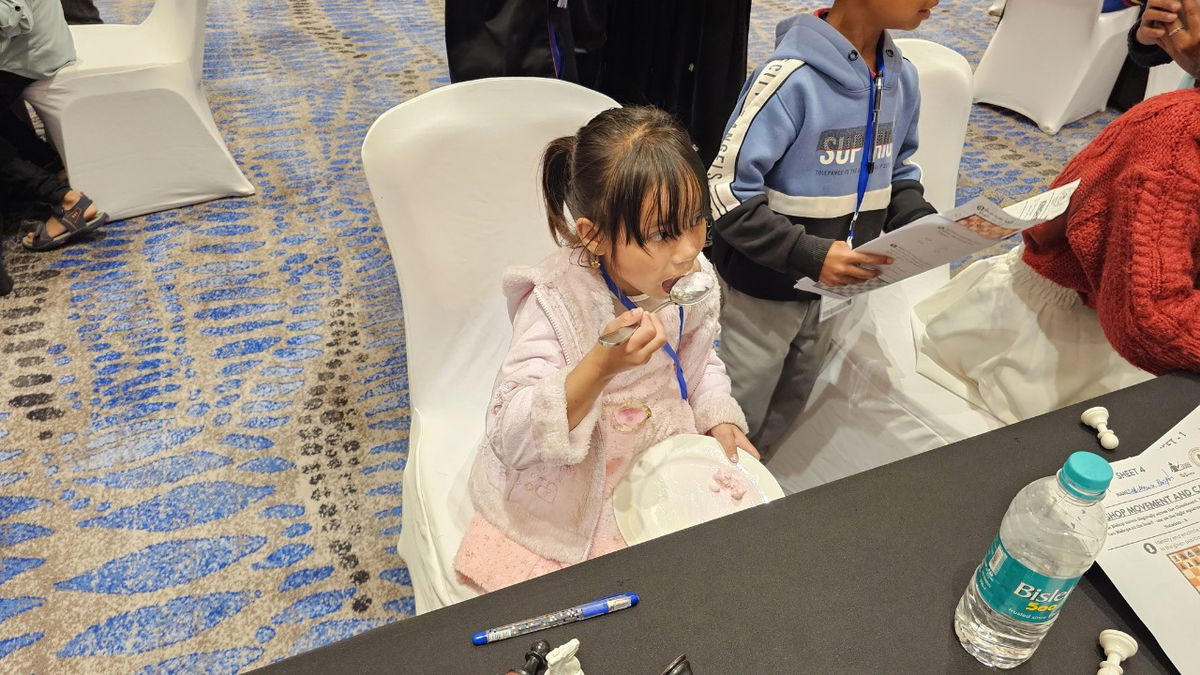
What was quite impressive was the fact that the entire event was organized in a 5-star hotel - Marriott. It provided the students and the trainers a wonderful space to work in. The food was also top notch and for many of the youngsters it was definitely a highlight of their trip.
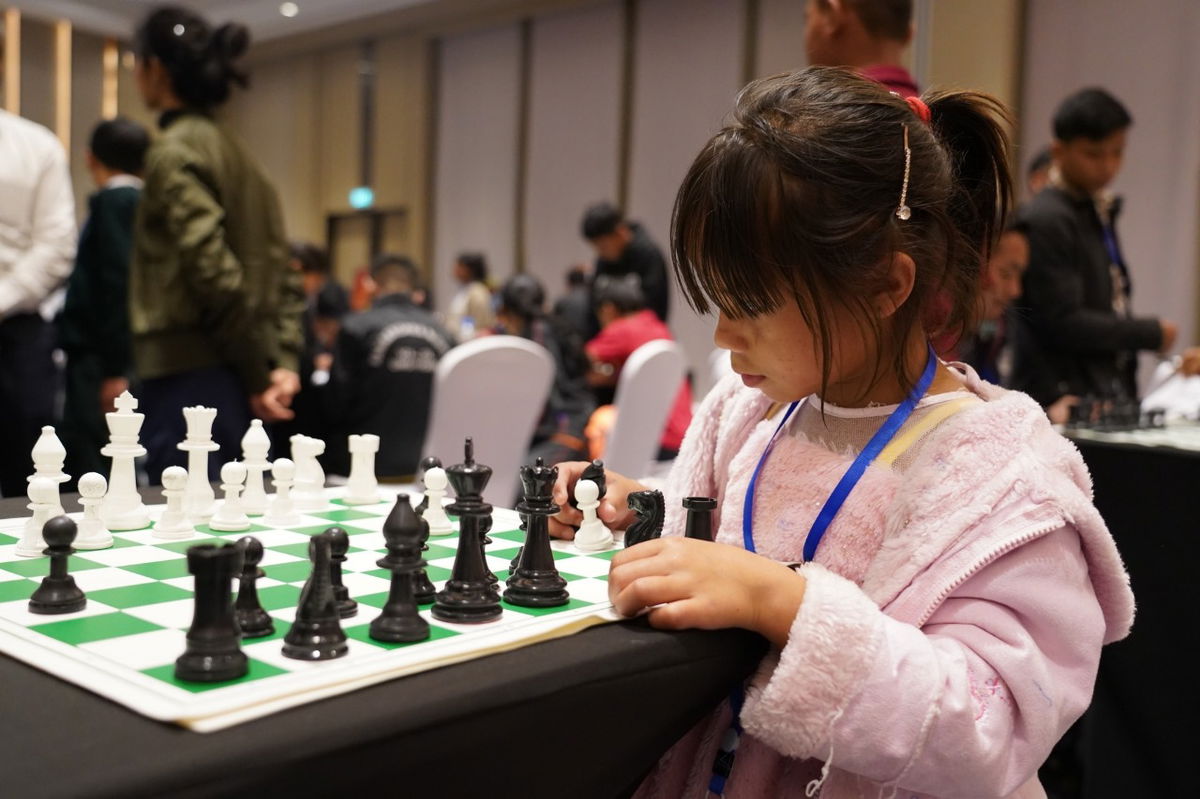
Iaphibansara's story is quite heart warming. She comes from a very remote village. Her mother is no more and her father has left her. She is taken care by her ailing grandmother. Sheis just 7 years old, but already has the responsibility of taking care of her younger brother. When it came to academics, she tried her best, but would never be able to remember what she had prepared or studied. And the teachers often out of pity would give her some marks. One day at a chess session, she was given the board with just pawns and asked to make a move. She was very hesitant. She brought her hand near a piece, and she then let it go, brought it again close to a piece, and was not sure what to move. Suddenly everyone was looking at her. She brought all her courage and made a move - capturing the pawn! And everyone cheered very loudly for her! Turns out, this moment changed everything for her! It was as if a light had switched on. Iaphibansara started studying well. You could see more happiness on her face. This story was narrated to us by her trainer and I feel is one of the most inspiring ones I have heard of how chess can change your life!
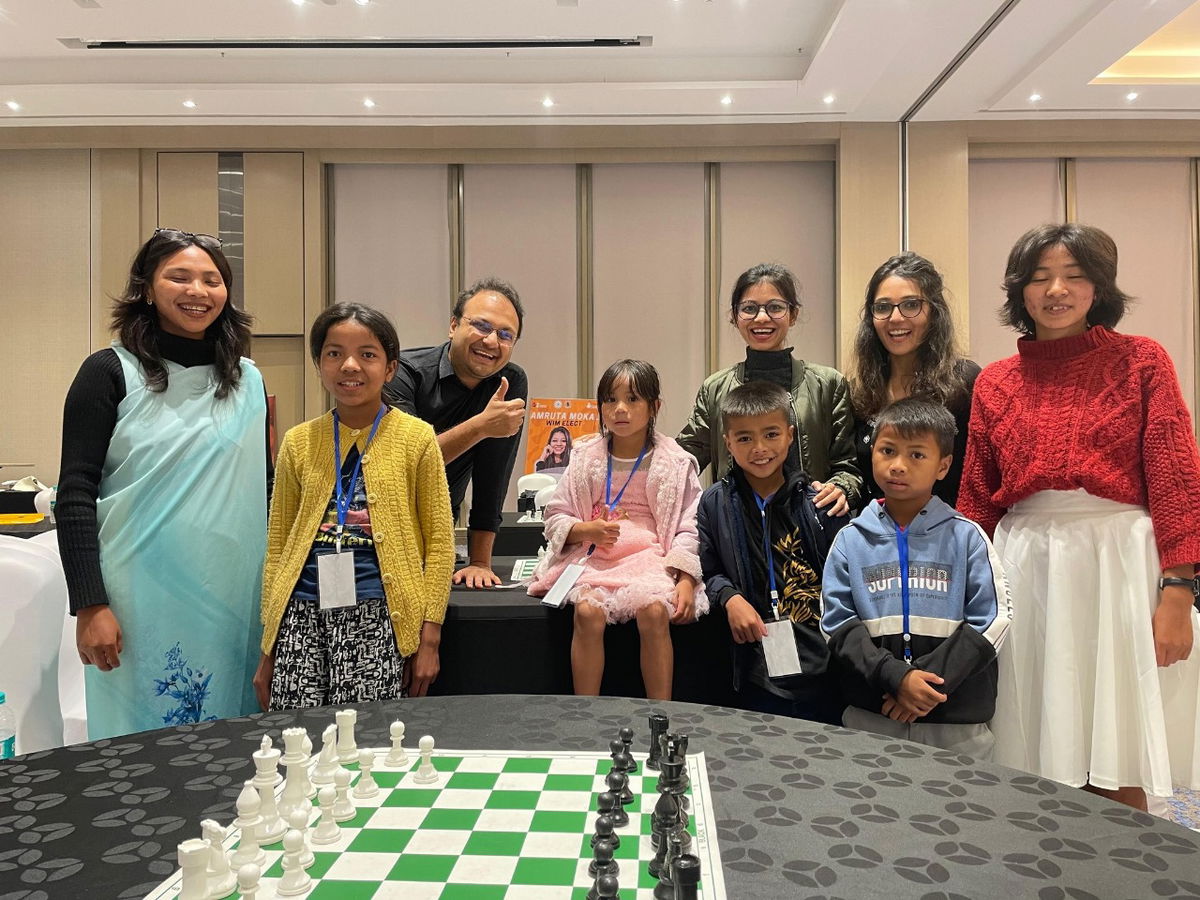
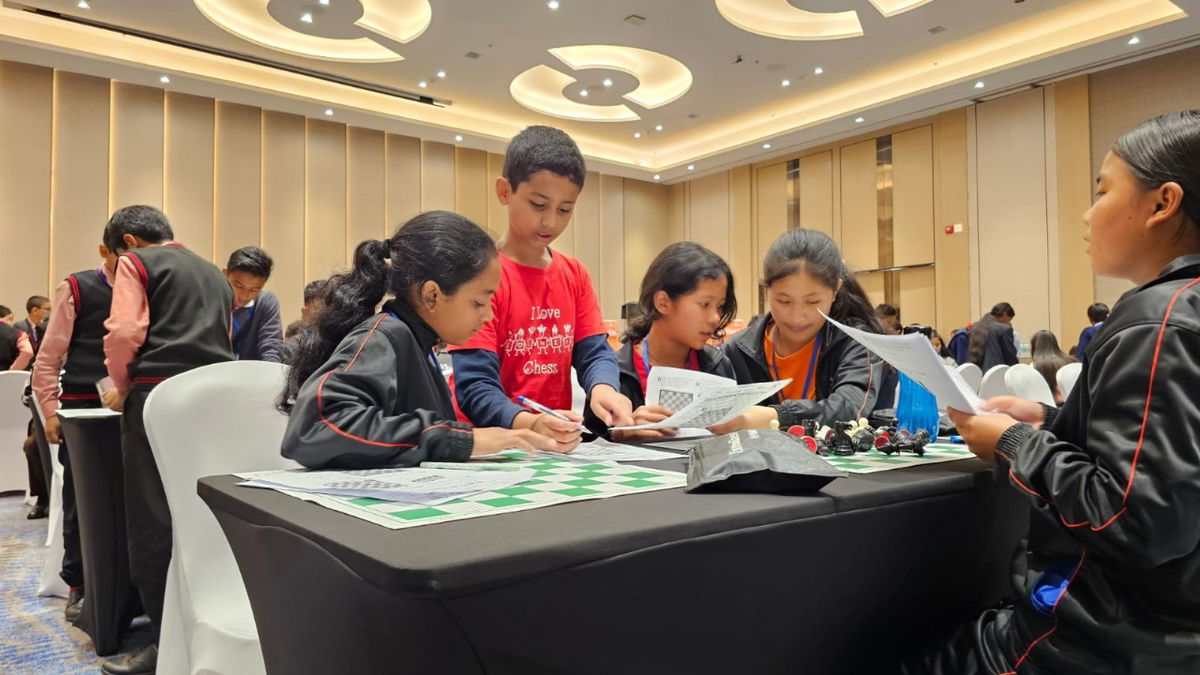
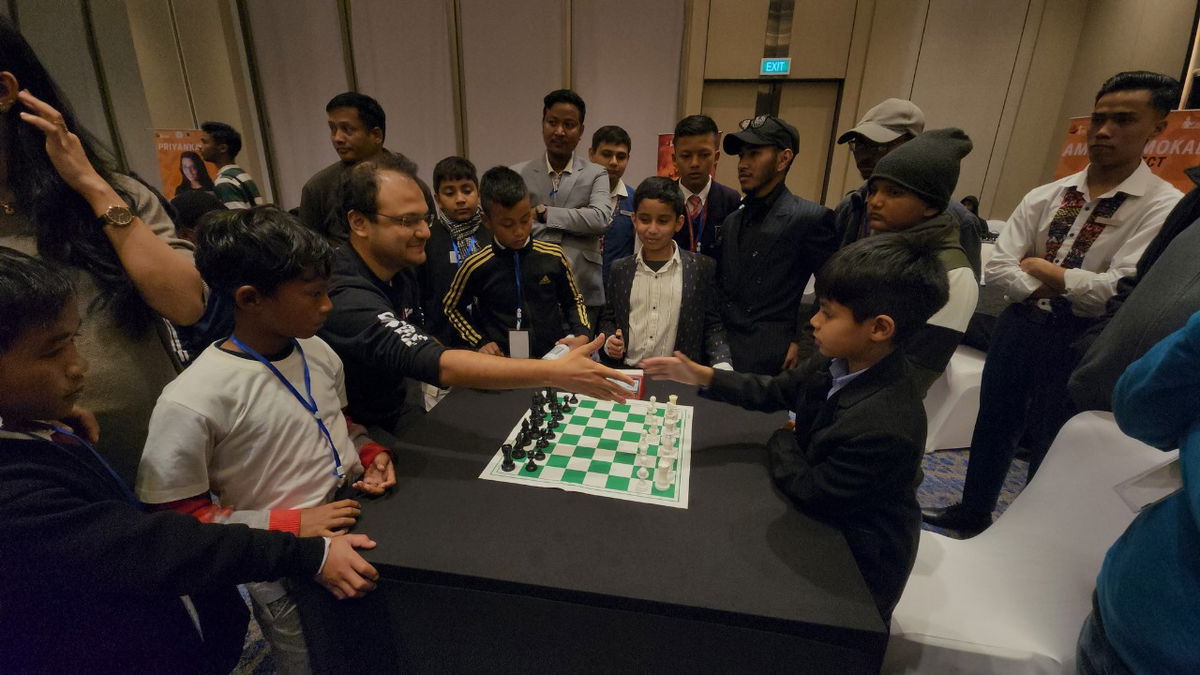
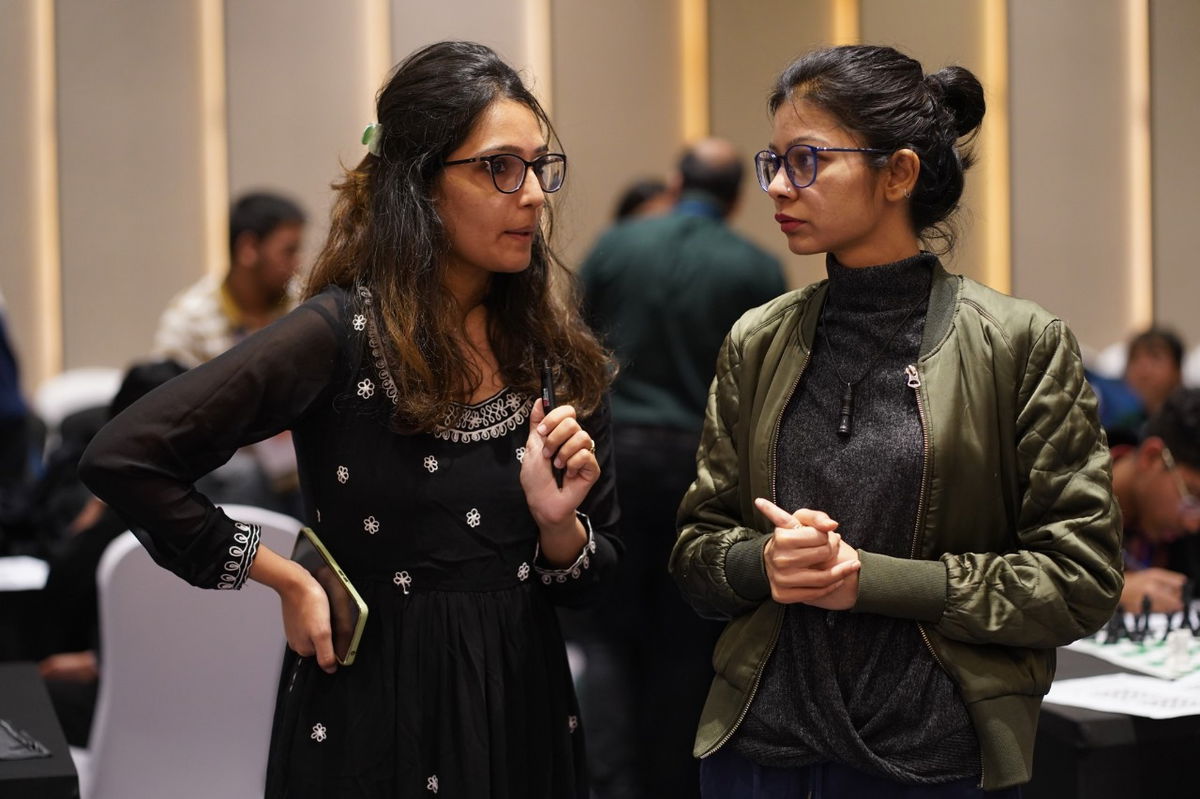
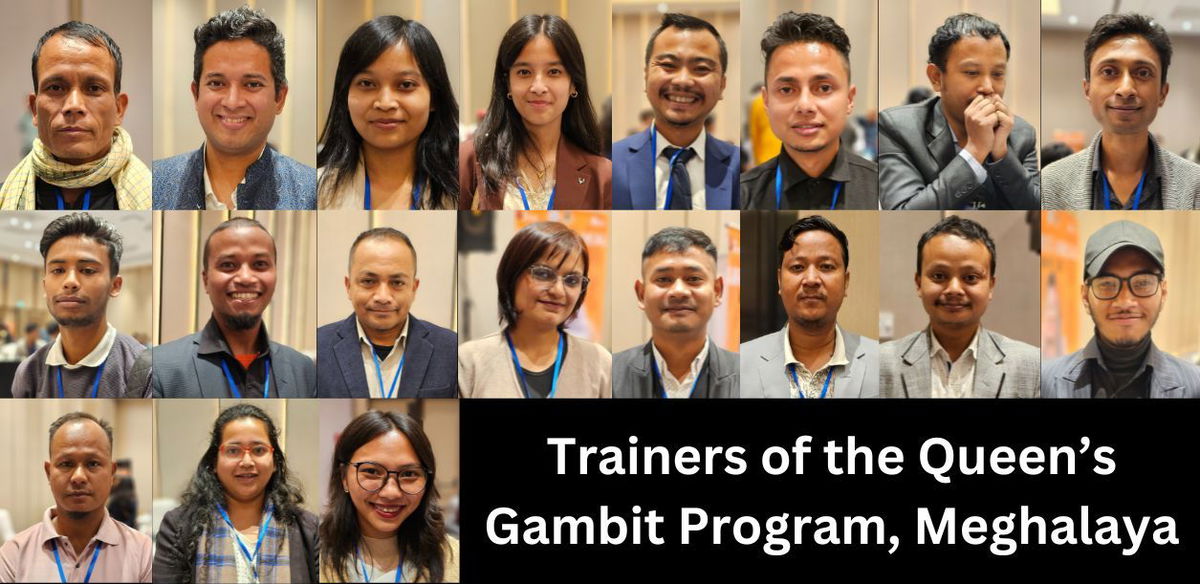
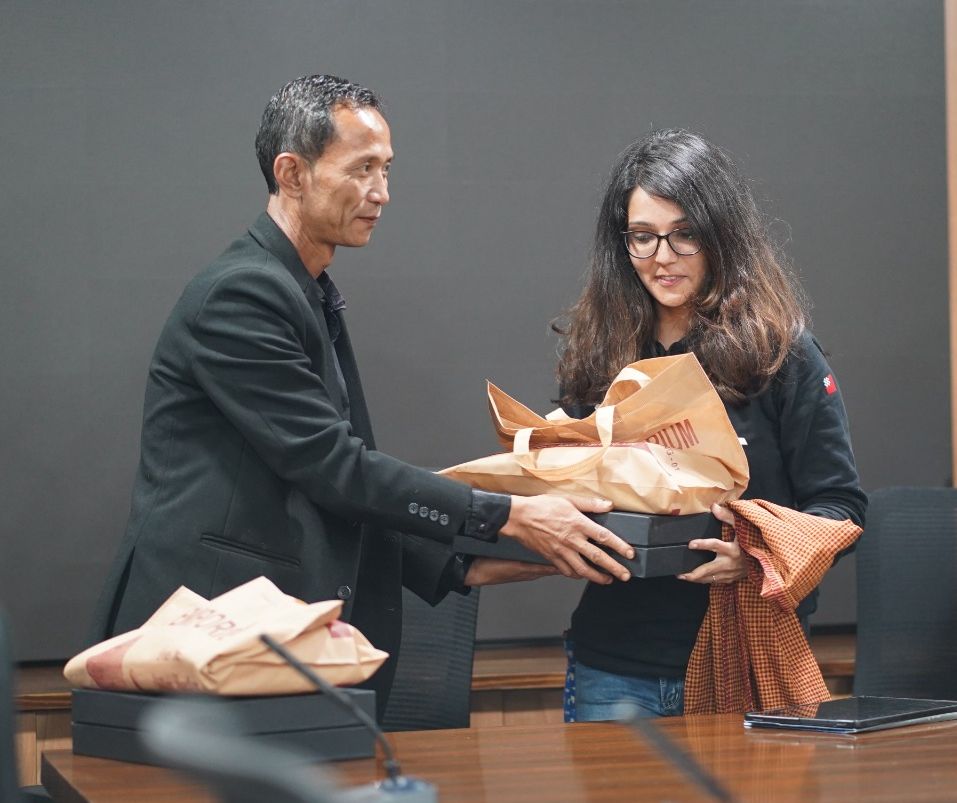
Chess and bonding
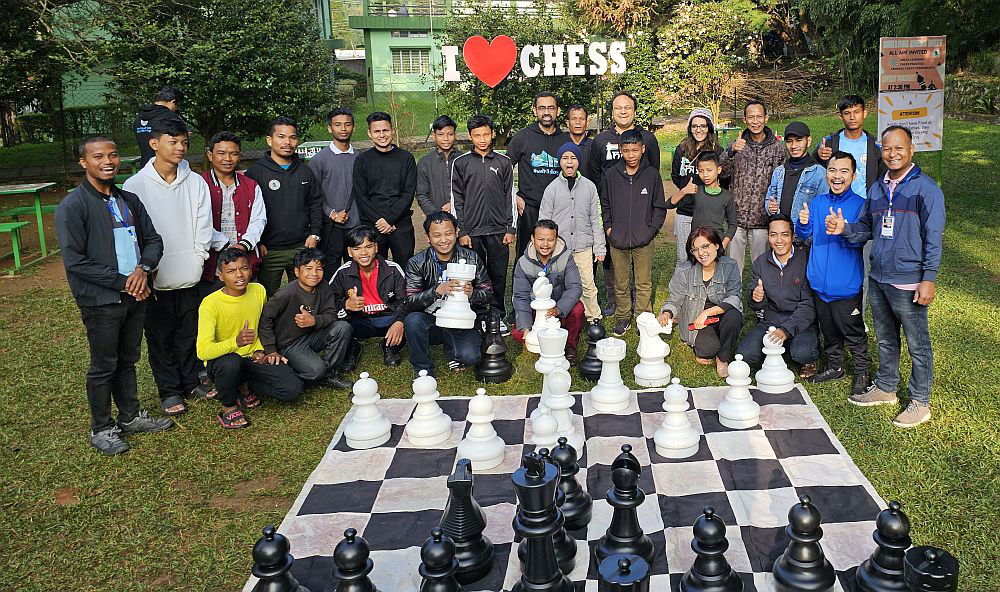

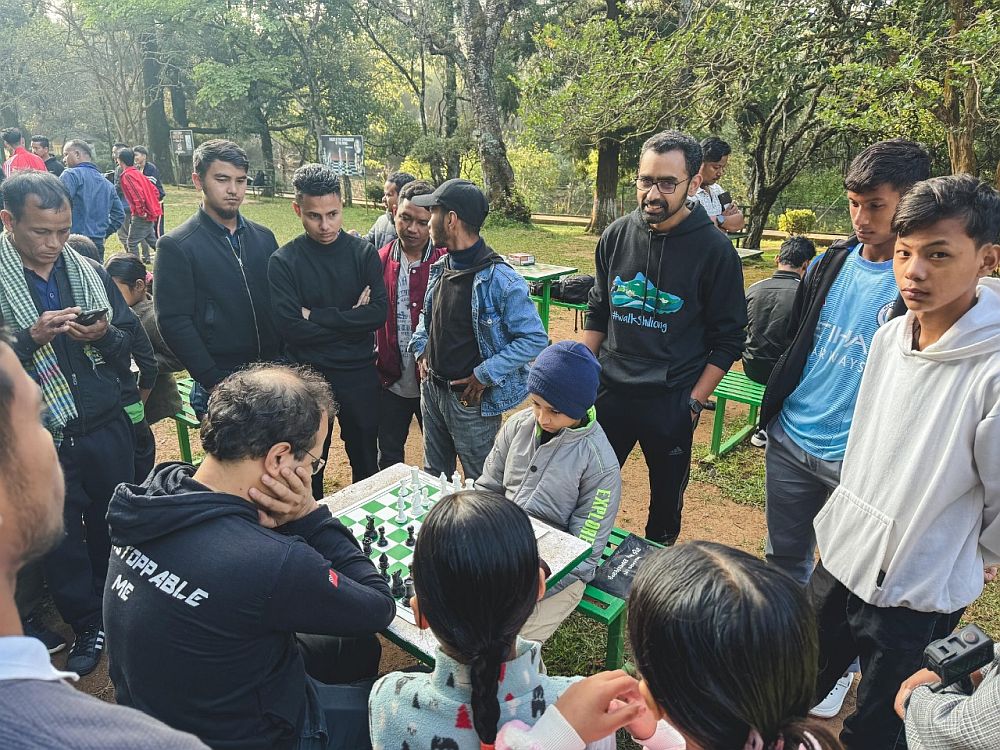
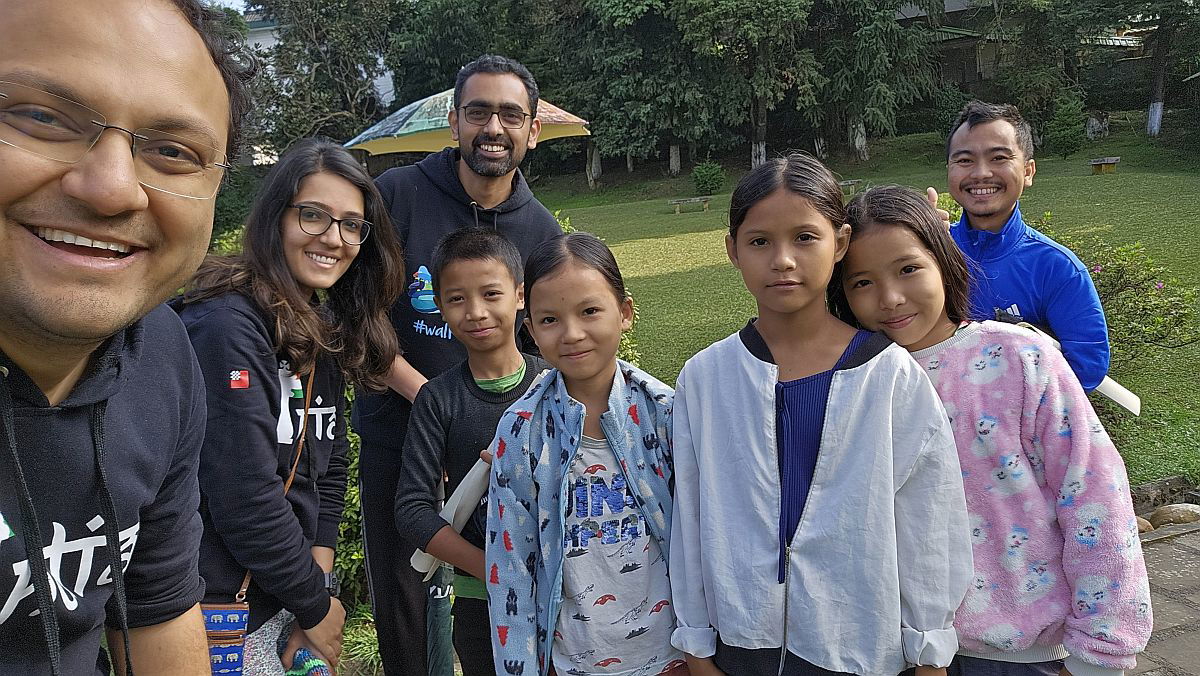
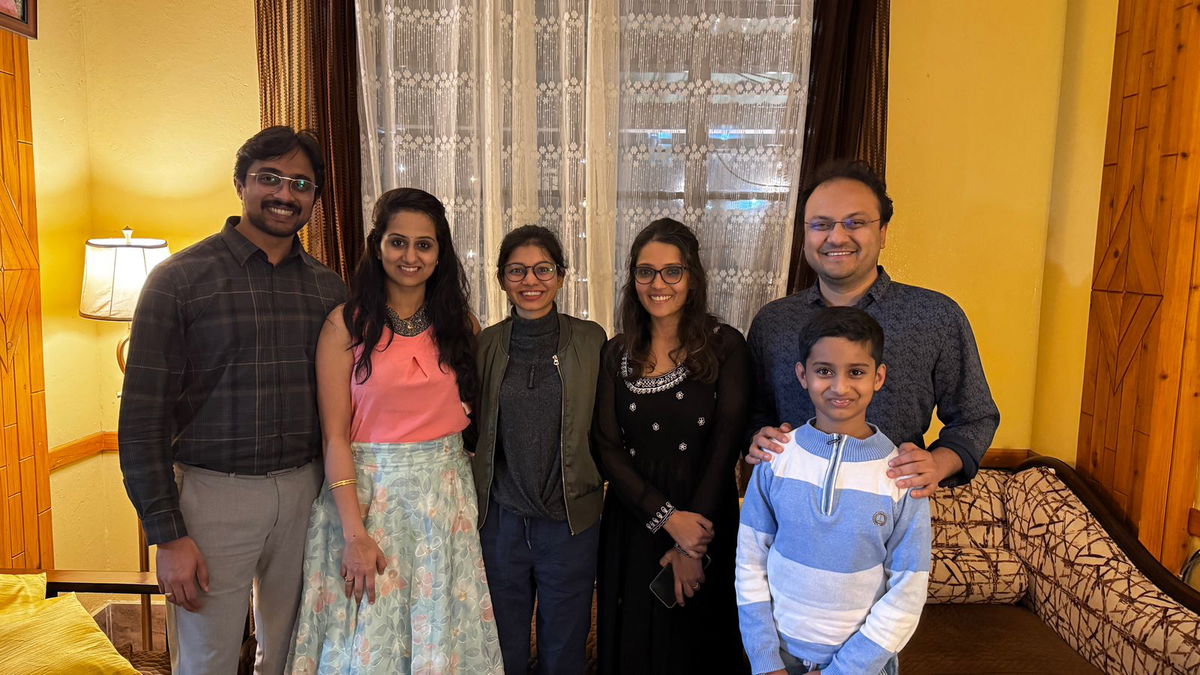
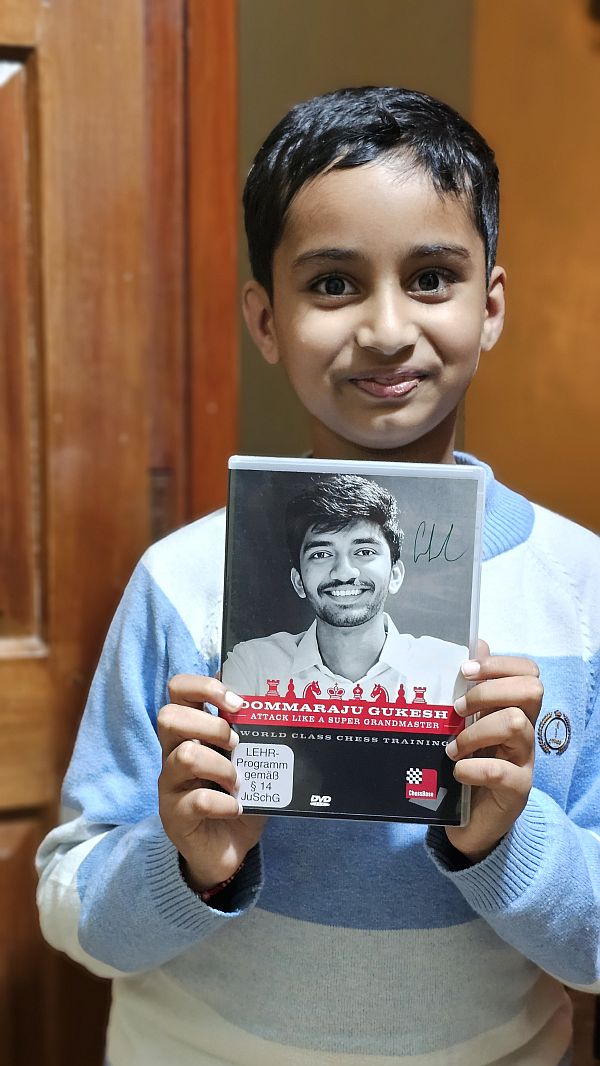
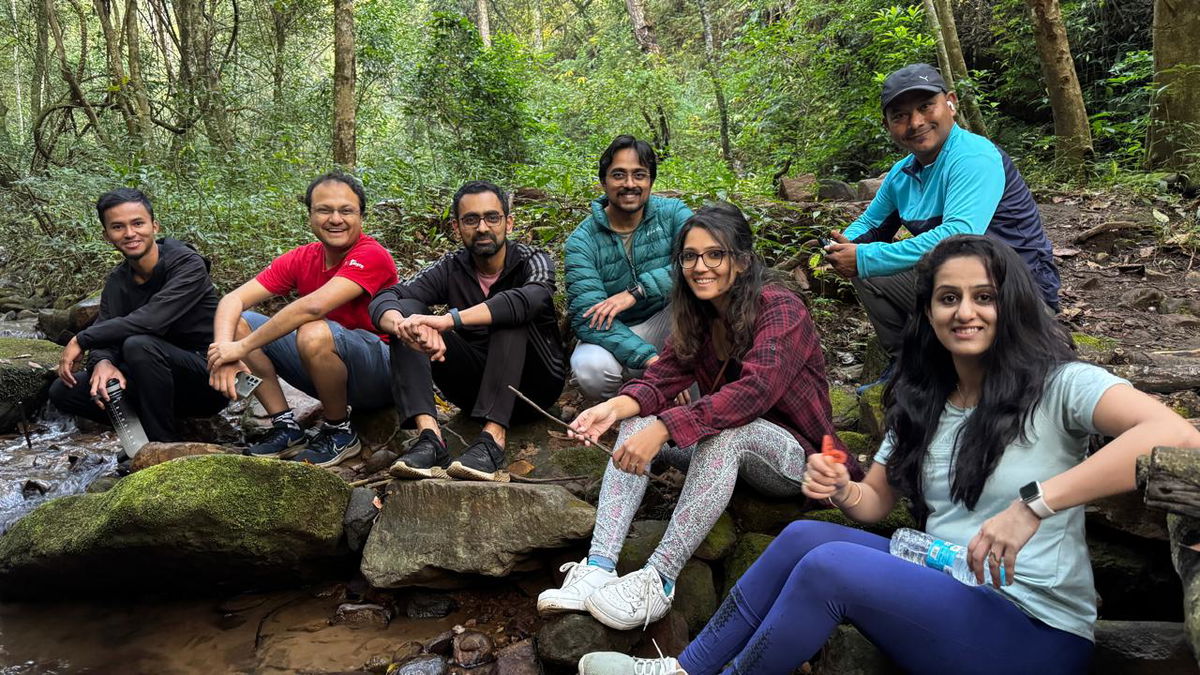
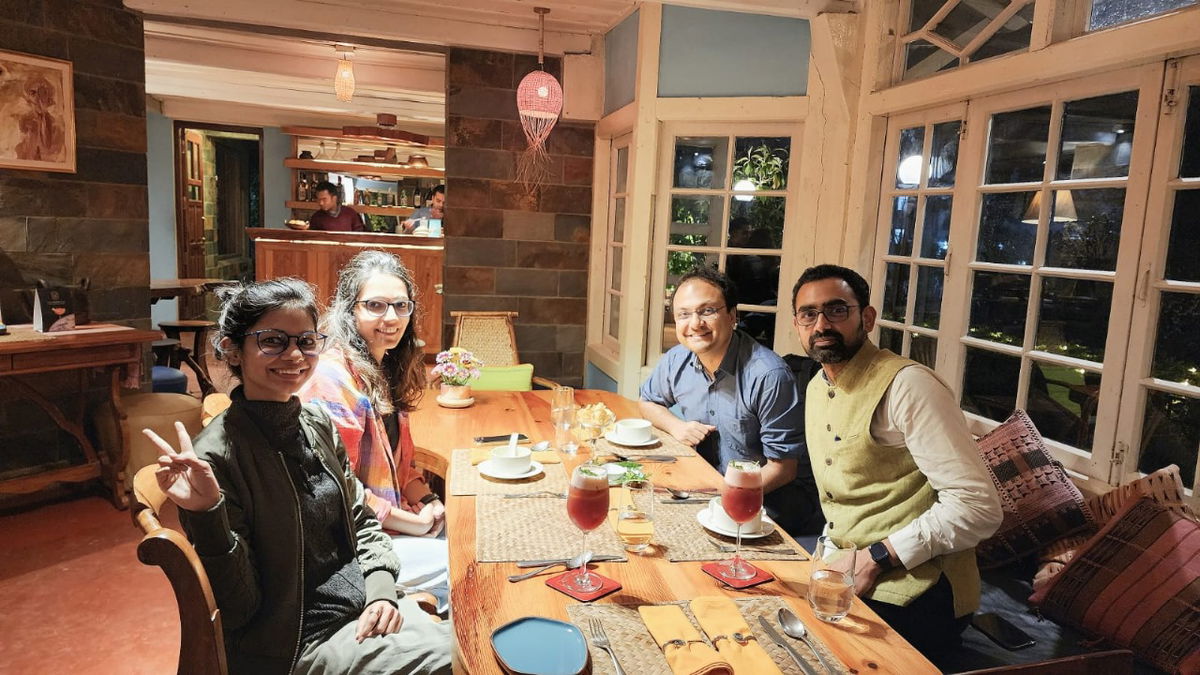
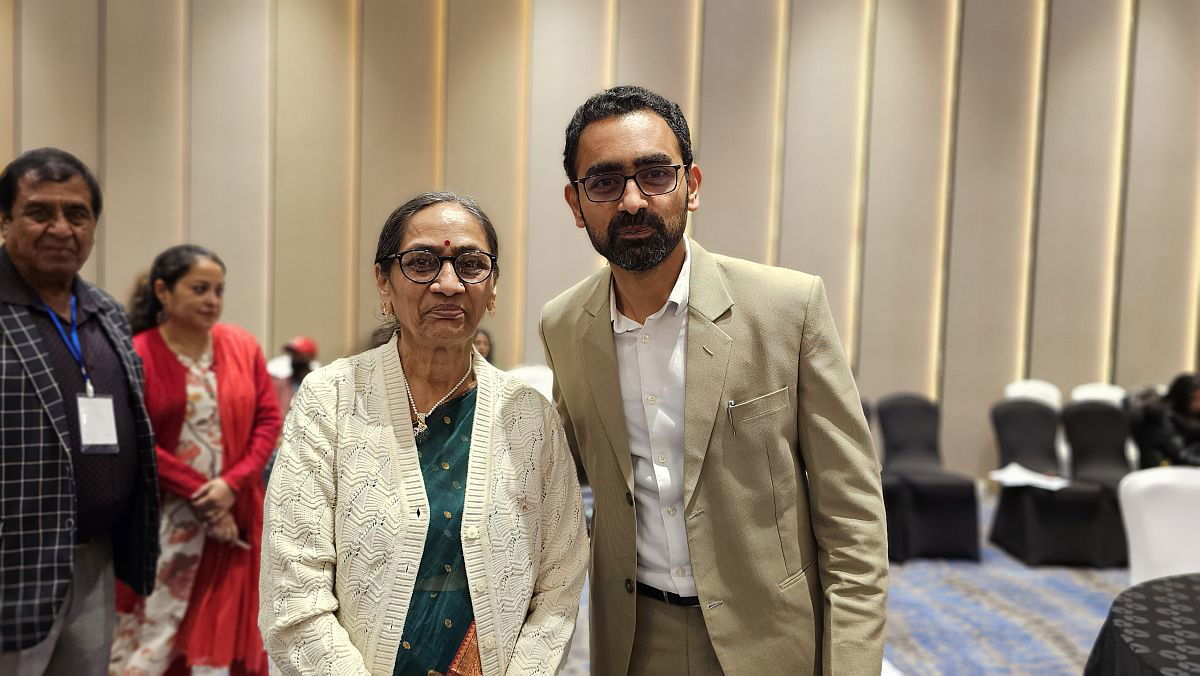
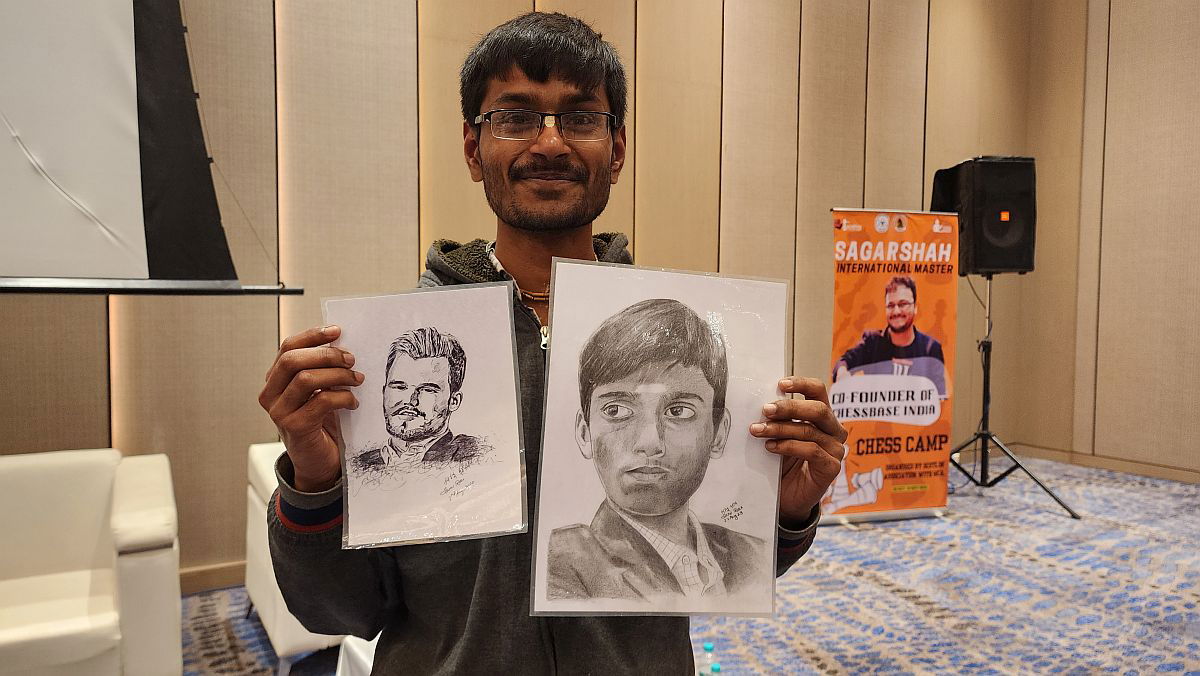
Final words on what is happening in Meghalaya
When I went to Astana in Kazakhstan during the World Rapid and Blitz Team Championships 2024 I saw something special. I saw that the country was coordinating all its resources in the best possible way to bring a huge chess boom - right from the Federation, to the players, to the coaches, to the sponsors - everyone was aligned. I got the same feeling when I visited Meghalaya. I could feel the sense of love that everyone possessed for chess and every key stakeholder wants the sport to reach more people. As the training and tournaments grow, it is obvious that chess talents will be churned out from the state. Creating a chess talent is a long term process, but at very few places do we see the ingredients coming together. Meghalaya is one such place and I hope that the steam of chess progress that the state is gathering right now does not die down.
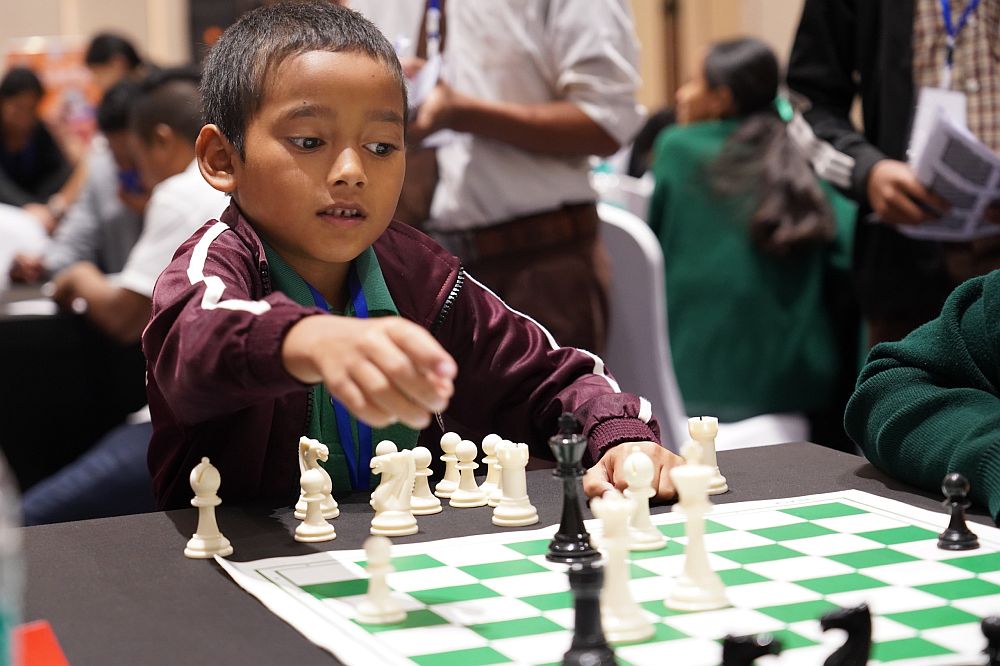
Two unique stories from Meghalaya
The article above has some amazing stories, especially the one of Iaphibansara. We present to you two more stories which were written by the people we met in Meghalaya. The first one is from Gunanka, who finds parallels in Tiger conservation and creating a GM. The second one is an inspiring story of one of the trainers of the Queen's Gambit program.
Building a grandmaster from Meghalaya: Lessons from Tiger Conservation

What do tiger conservation and creating a chess Grandmaster have in common? At first glance, they may seem unrelated. However, both require a rich, supportive ecosystem—whether in the jungle or a chess community—to nurture their brightest prospects. Just as protecting tigers demands preserving the complex habitats around them, producing a Grandmaster (GM) requires building a strong “chess ecosystem” that can support players at all levels. And for regions like Meghalaya, creating this environment could unlock local talent and even put it on the global chess map.
Creating the Right Habitatin the wild, tigers need vast territories to roam, filled with the food, shelter, and resources they require. Without preserving this habitat, tiger populations would quickly dwindle. The same concept applies to developing chess talent: to nurture champions, a region needs a chess-friendly environment, where training, clubs, and competitions are widely accessible and encouraged. In Meghalaya, a chess culture that’s visible and valued—from schools to local communities—would provide the foundation for young players to learn, grow, and dream big. Building a Strong Pipeline Tiger conservation also relies on maintaining the prey animals that support their survival. Without a stable prey population, tigers can’t thrive, and the ecosystem collapses.
Similarly, chess ecosystems rely on a steady pipeline of players at all levels. Local chess clubs, beginner programs, and regular tournaments create this essential “prey base” where young players learn by competing with each other, sharpening their skills over time. This natural competition helps identify and elevate talent, giving potential Grandmasters the environment to hone their abilities. Protecting Talent with Financial Support Another essential part of tiger conservation is the battle against poaching. Without measures to protect them, tigers remain vulnerable to harm. In chess, the “protection” young players need often comes in the form of financial support, sponsorships, and scholarships. These resources allow talented players to focus on training without financial worry.
If Meghalaya is serious about nurturing a chess GM, then it must invest in these players, ensuring they have the means to compete in national and international tournaments and to access advanced coaching. Long-Term Investment and Community Involvement Tiger conservation requires community support. When local communities understand the value of tiger conservation, they become its greatest advocates, protecting these animals for future generations. Similarly, a strong chess community—schools, parents, local sponsors, and chess enthusiasts—will create the excitement and pride that inspire young players. Hosting events, promoting chess in schools, and celebrating local chess achievements can build this sense of community and raise awareness. Finally, tiger conservation is not a short-term project. It requires policies and funding commitments that stretch across generations. Similarly, developing a chess GM demands sustained investment. Support programs, infrastructure, and advanced training resources must be consistently available, not just for today’s players but also for tomorrow’s. Without this, even the most talented players may lack the support needed to reach their full potential.
A Vision for Meghalaya’s Chess Future Imagine a future where Meghalaya produces not just one Grandmaster, but many. A region that values and invests in chess would see returns not only in international recognition but also in the pride and inspiration of its young players. Just as a healthy ecosystem brings life to its entire environment, a thriving chess culture in Meghalaya could elevate the whole community. With the right support, talent from Meghalaya could shine on the world stage, bringing both pride and inspiration to the region. If we apply the lessons of conservation to chess development, we can build an ecosystem that nurtures champions—making a Grandmaster from Meghalaya not just a dream, but a real and achievable goal.
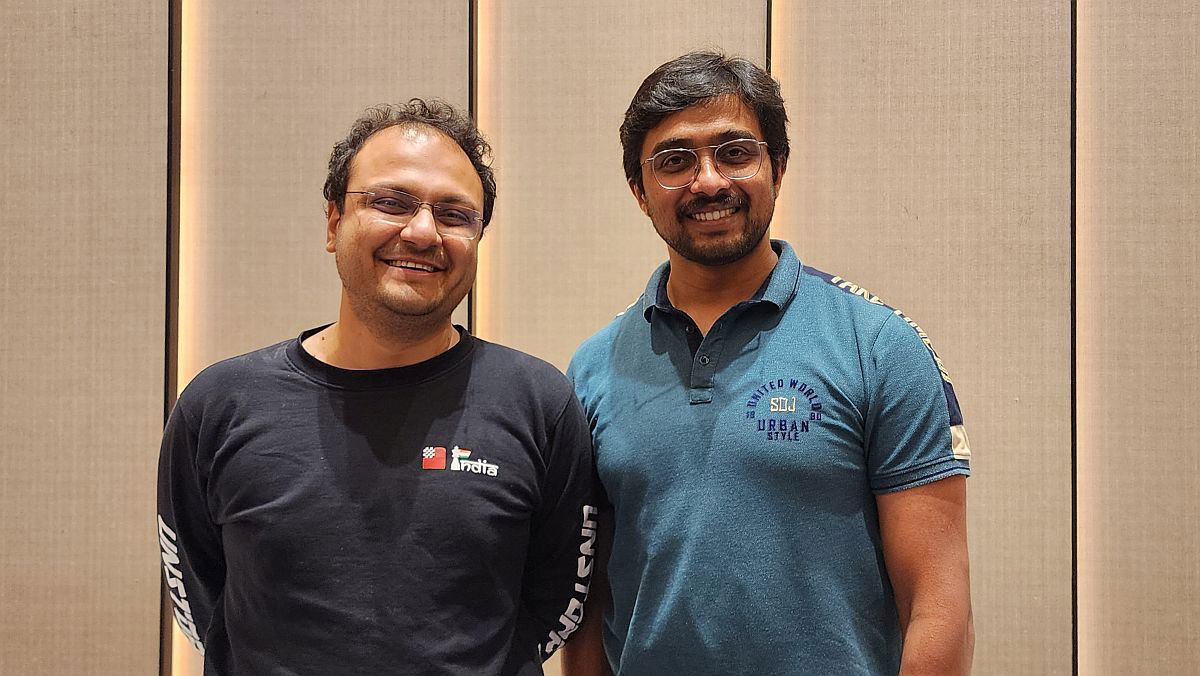
Building a Bamboo house in Pynsurla

Coming from Delhi in 2014, this place Meghalaya exploded my mind, and at the same time gave me direction in life. But the tribal states of the north east in the last 10 years are going through such a baffling transition where they find themselves in the middle of their historical past and a modern future. The youth feel alone where they don't exactly have the knowledge of the past, nor clarity of the future. Meghalaya has given a lot to me, and I must give back to the community. I settled in Pynursla region of Meghalaya 3 years ago to make a documentary about the living root bridges, but I find that the community needs to realise their purpose and needs someone to be with them. As a non tribal I wouldn't be the ideal person, but I want to offer value to make lives better, and be there for the community. I feel the community needs aspirations, the children need to be introduced to options in life, and need to work together as community and grow. For me, I teach children chess and adults principles of permaculture so that they know how to have a plan, how to strategise and how to think. And truly it is being life changing for the community and for me <3
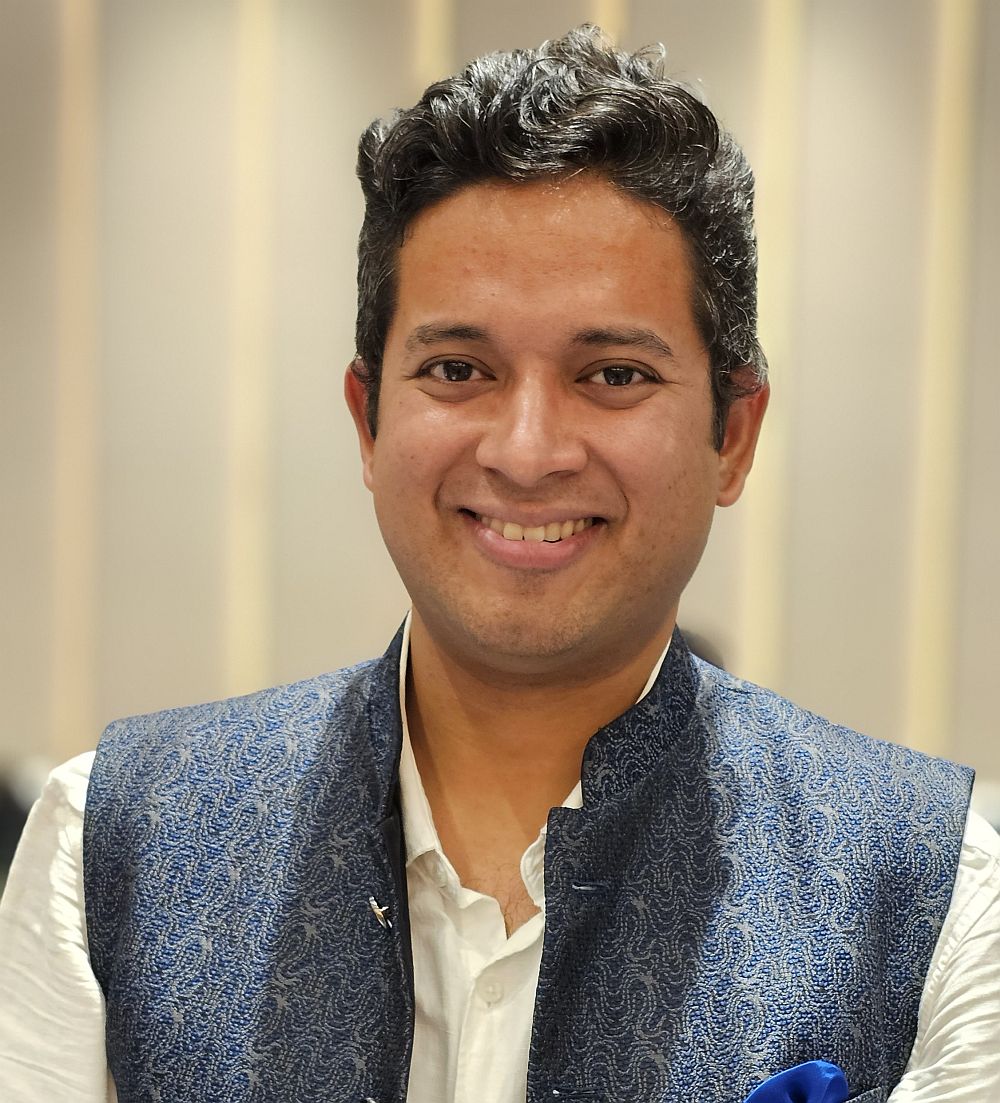
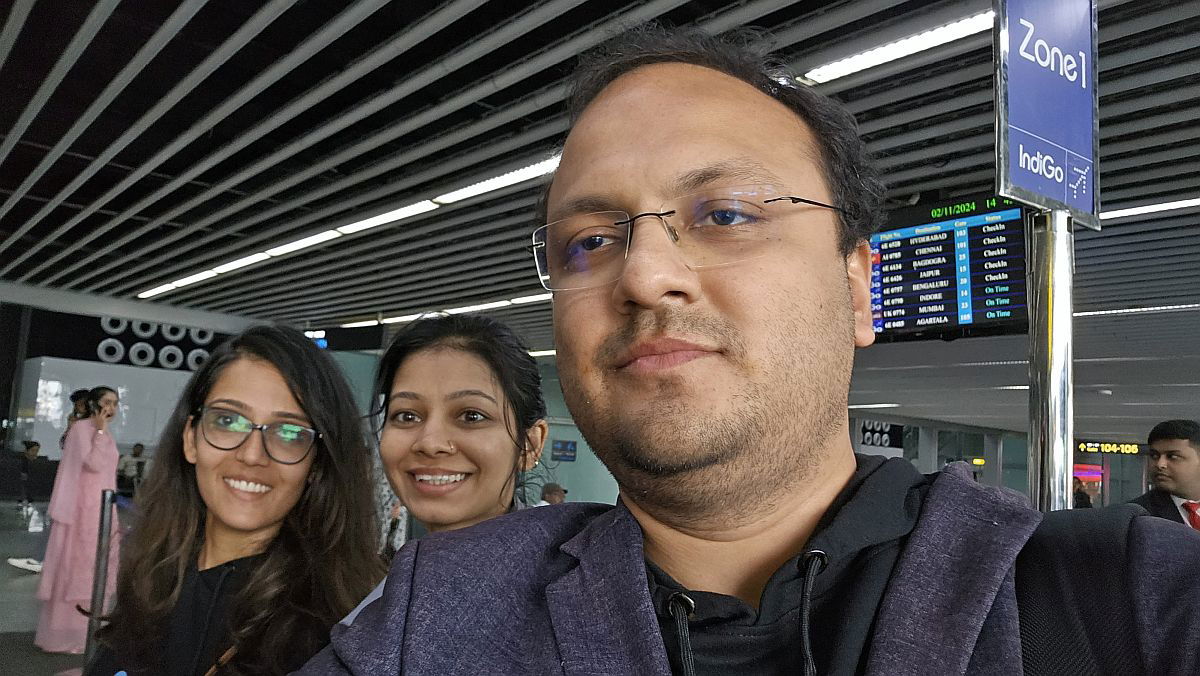
All the photos from our Meghalaya Trip in 2024
Will Meghalaya get its first GM in 2034 in 10 years (article written in 2023)








